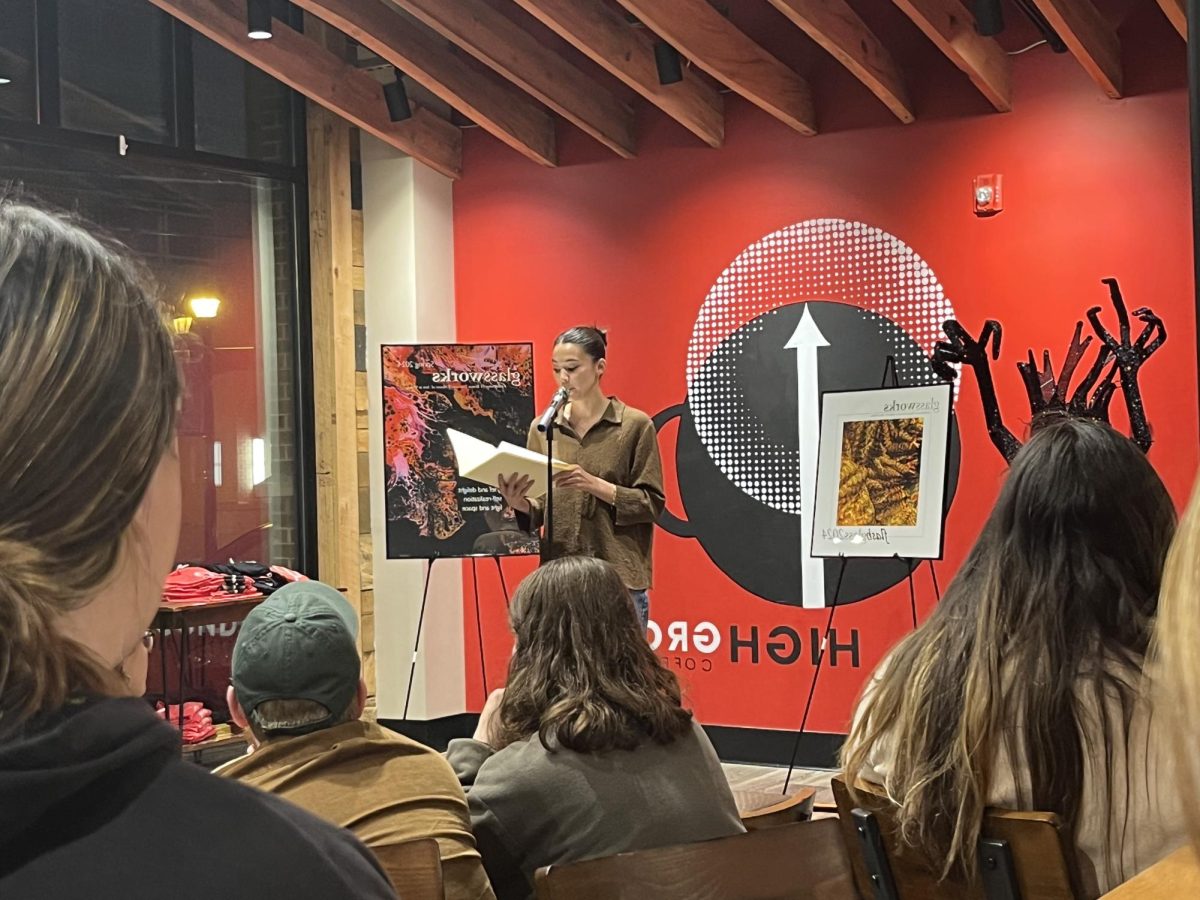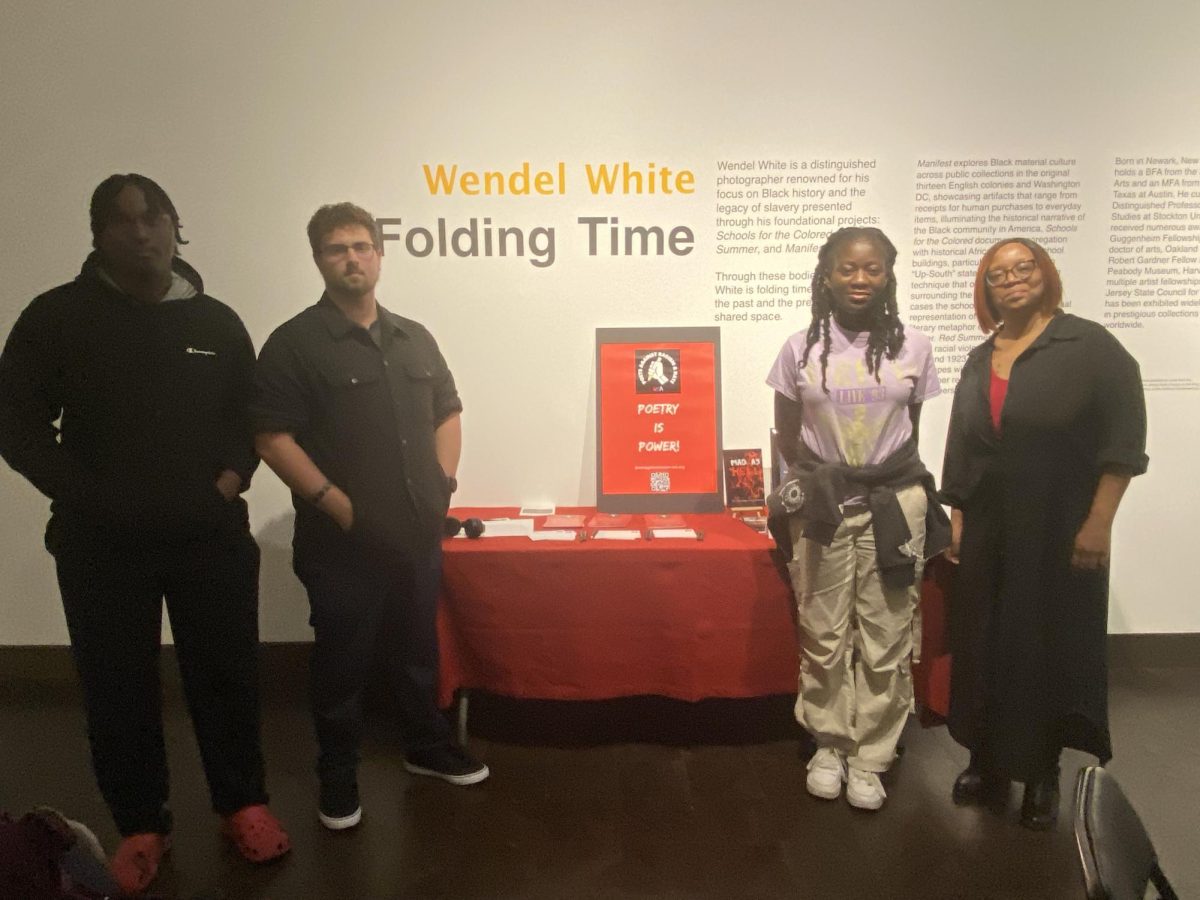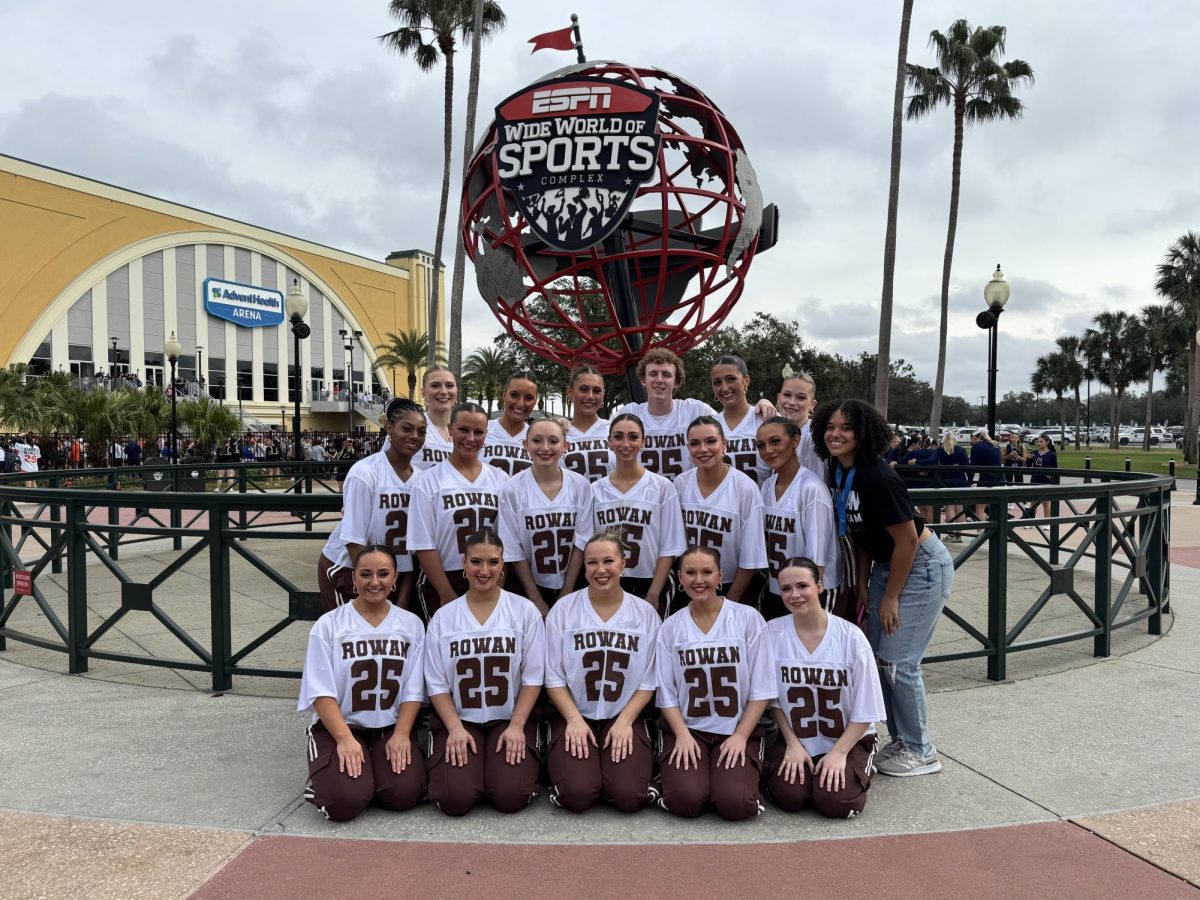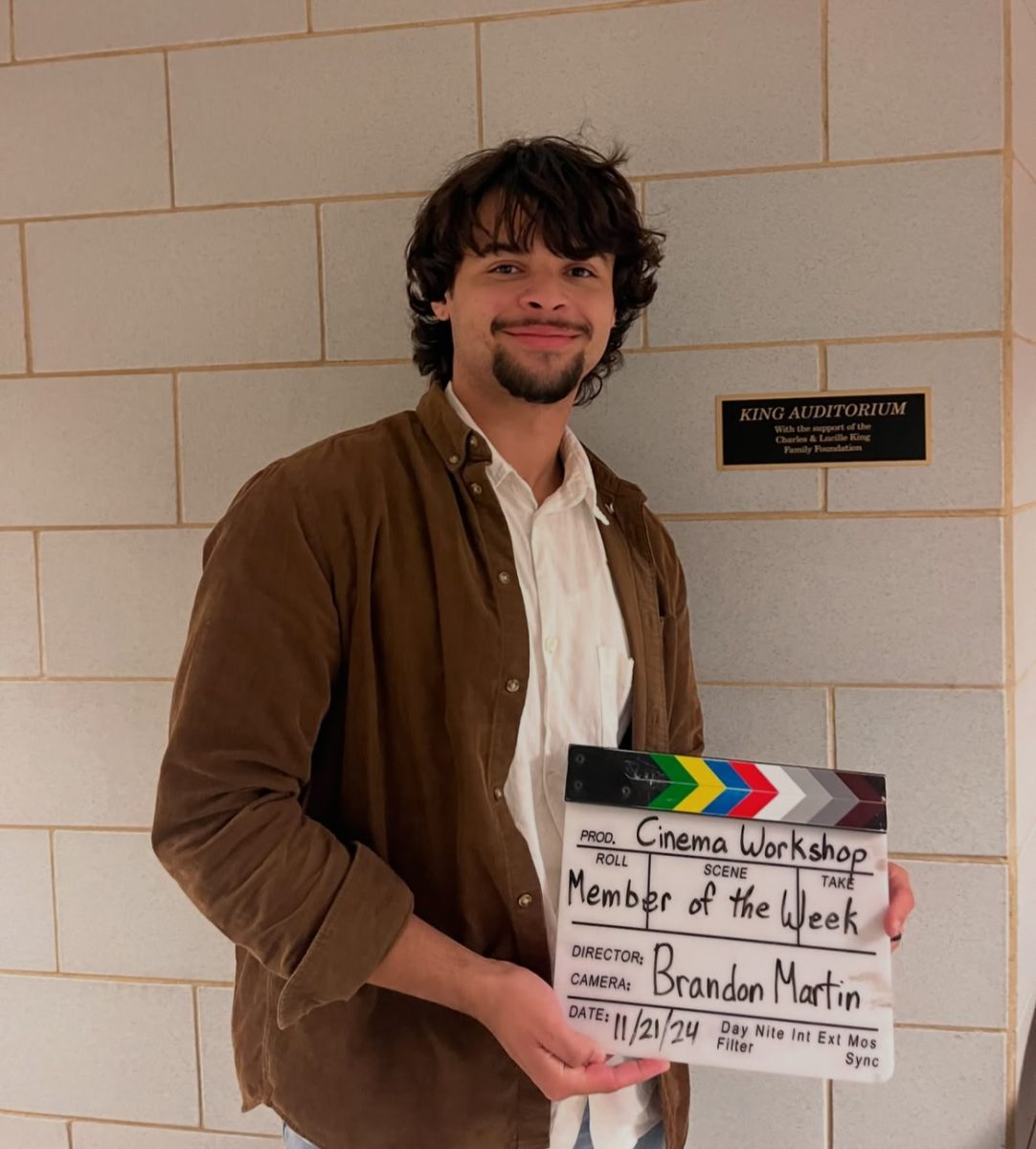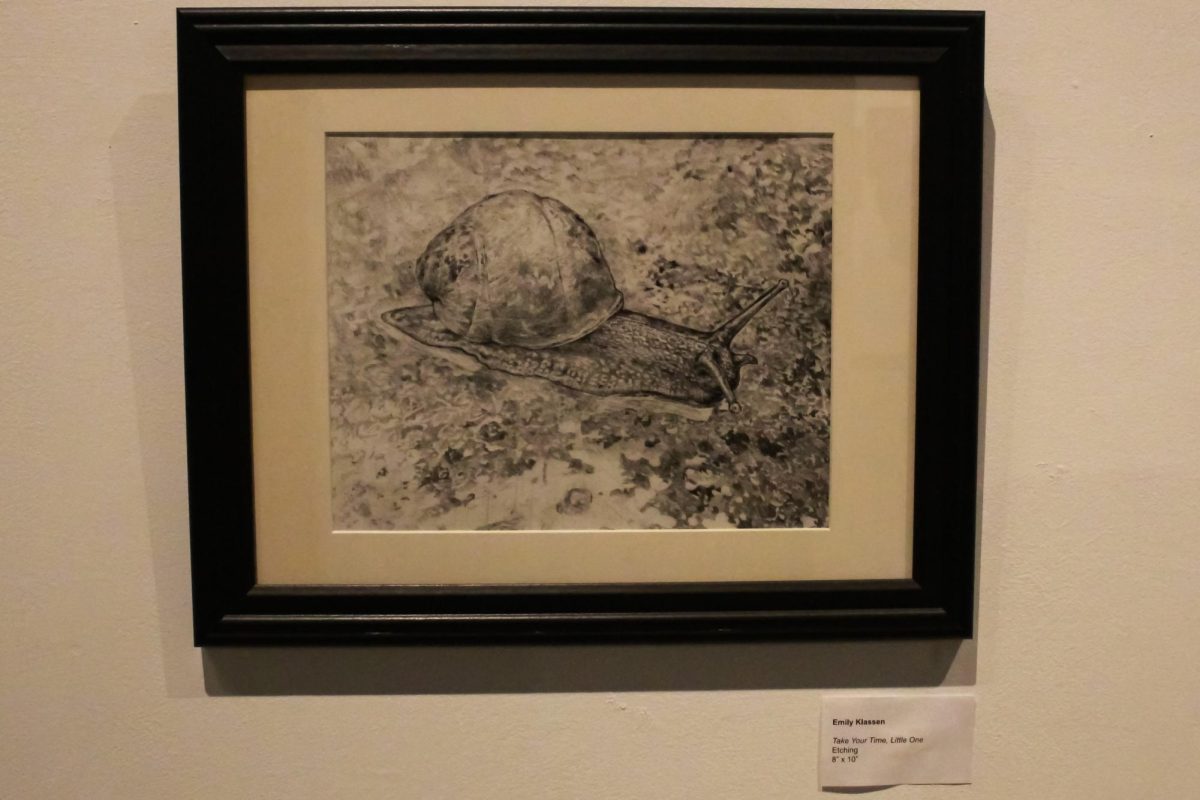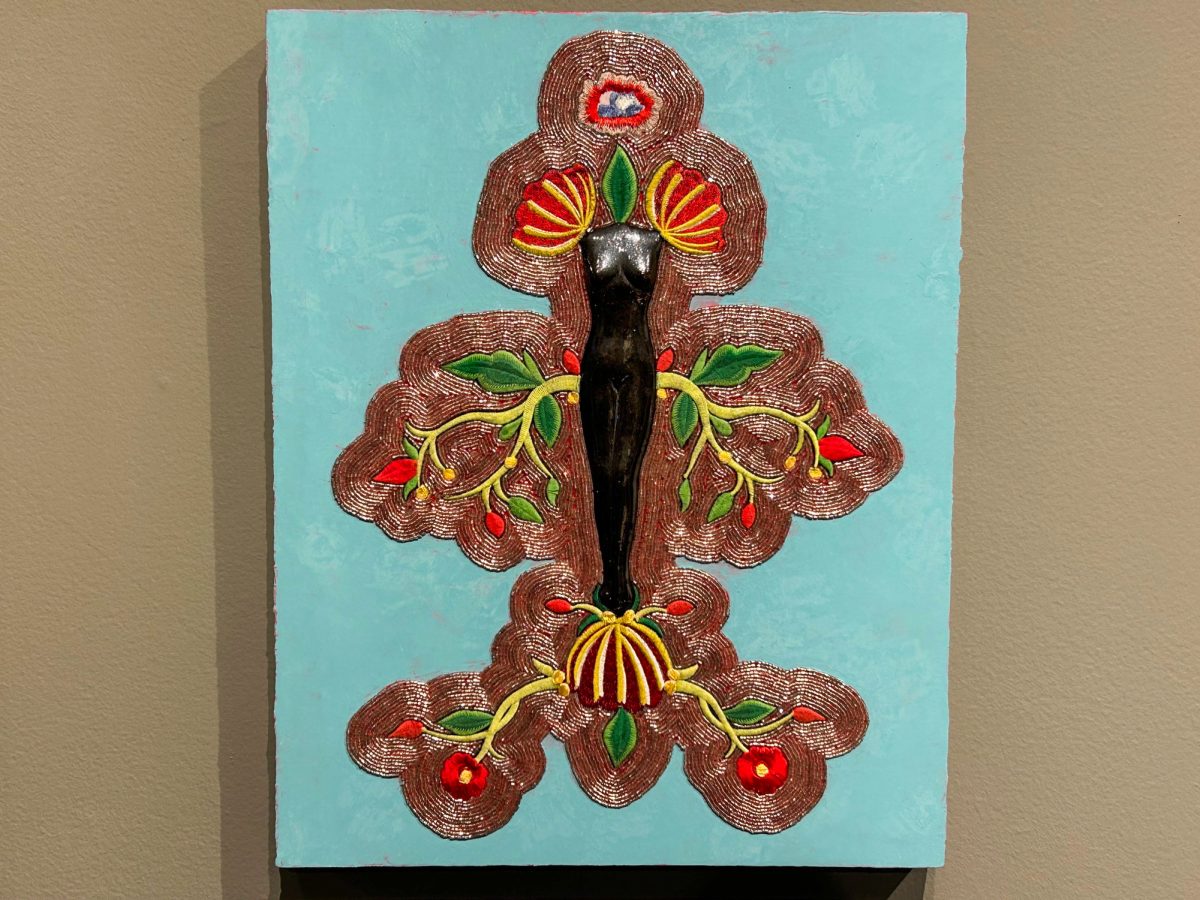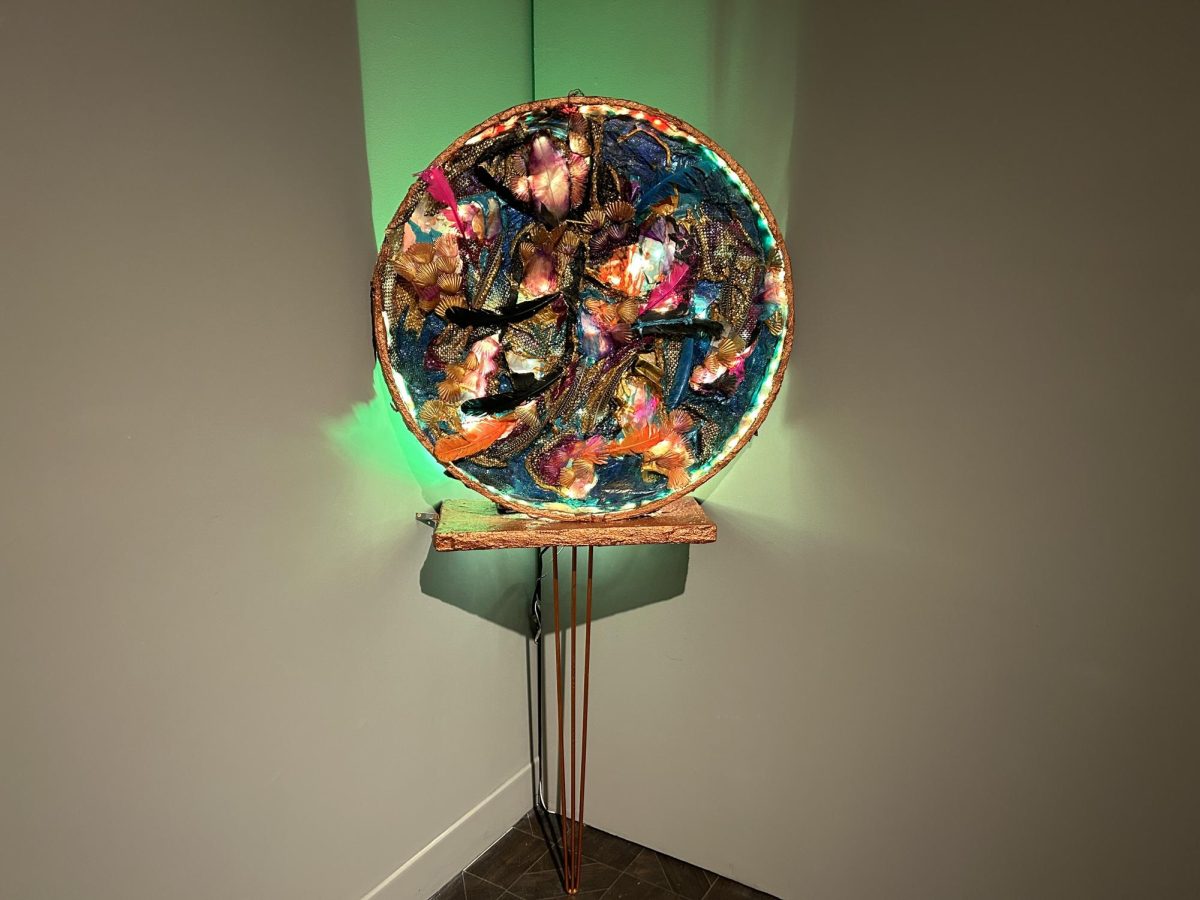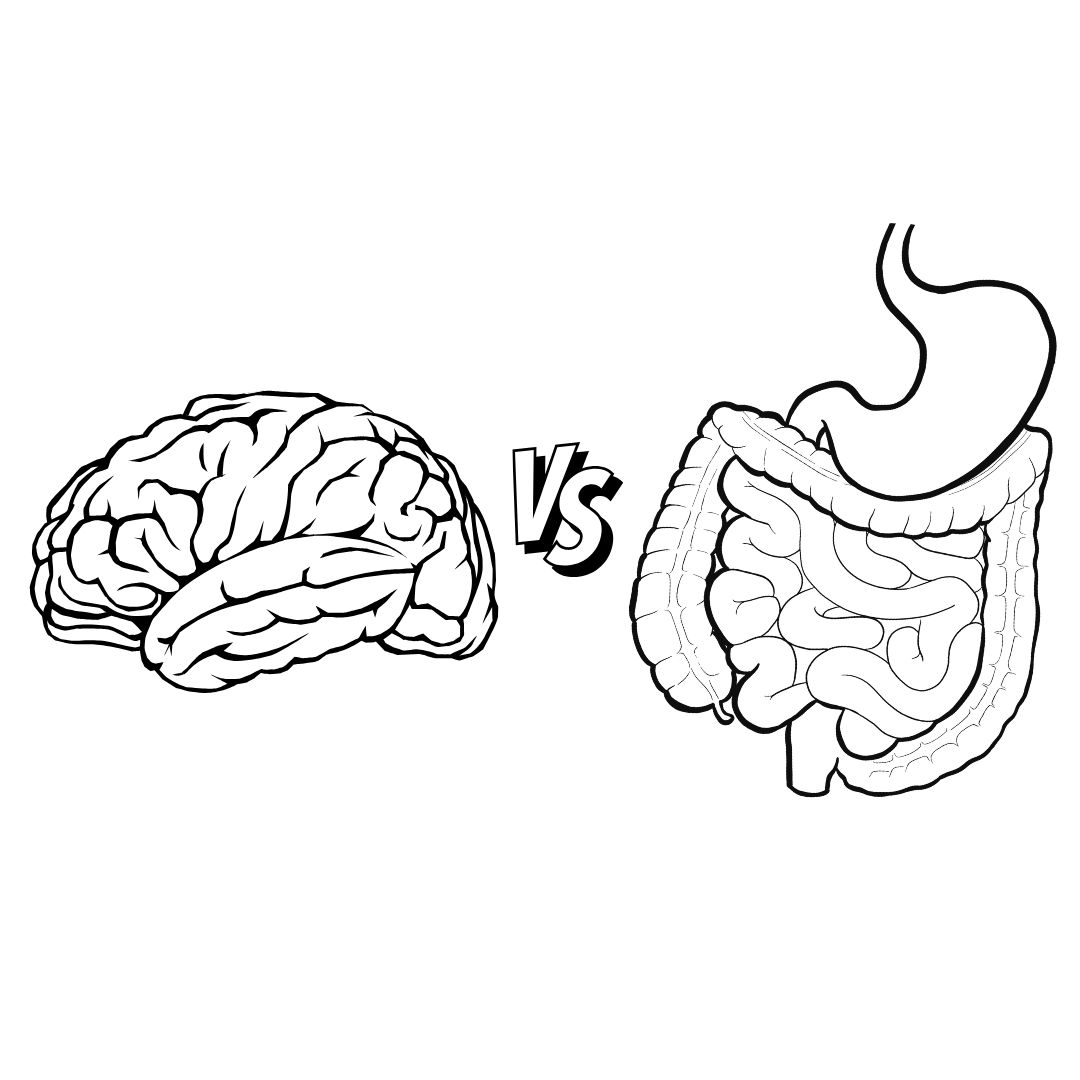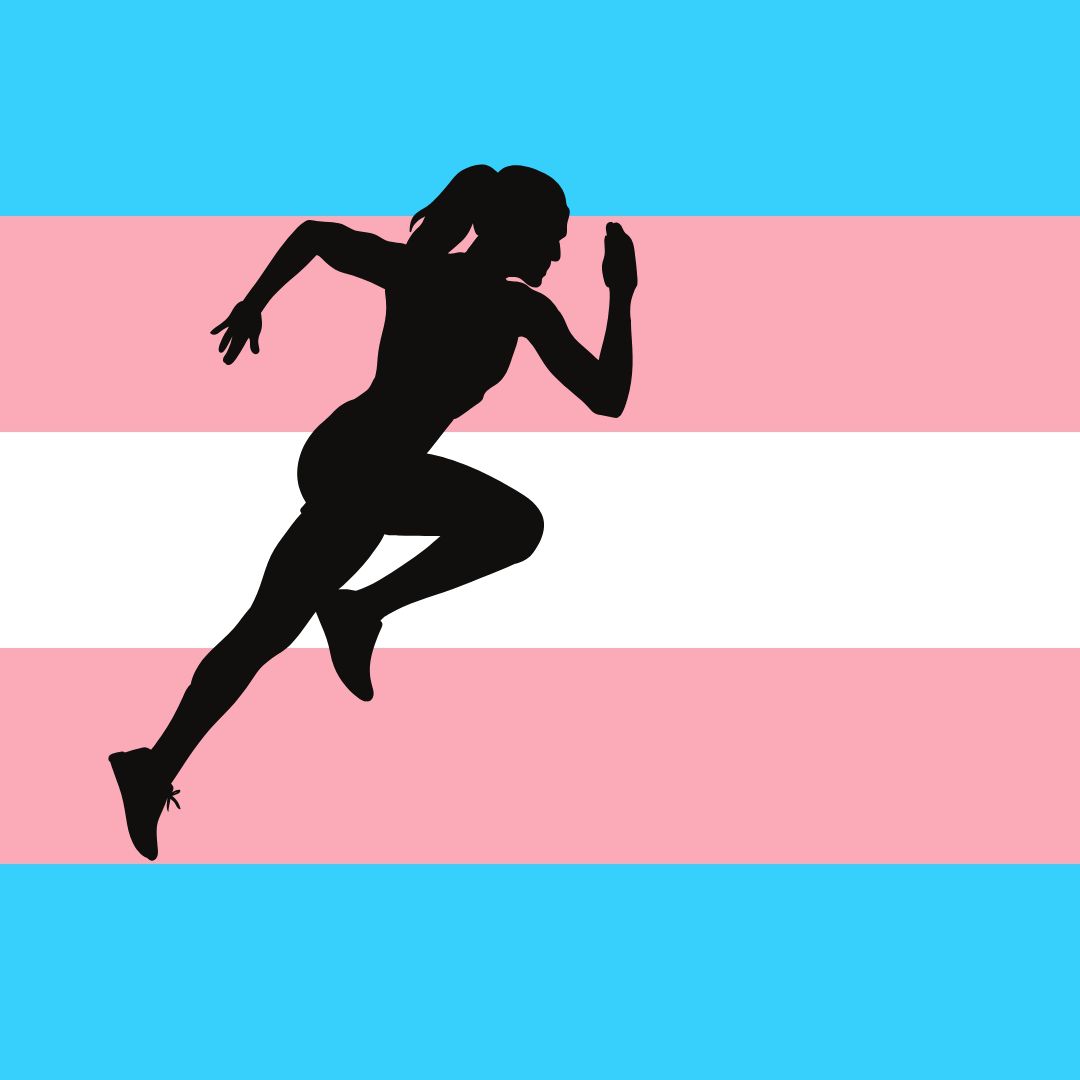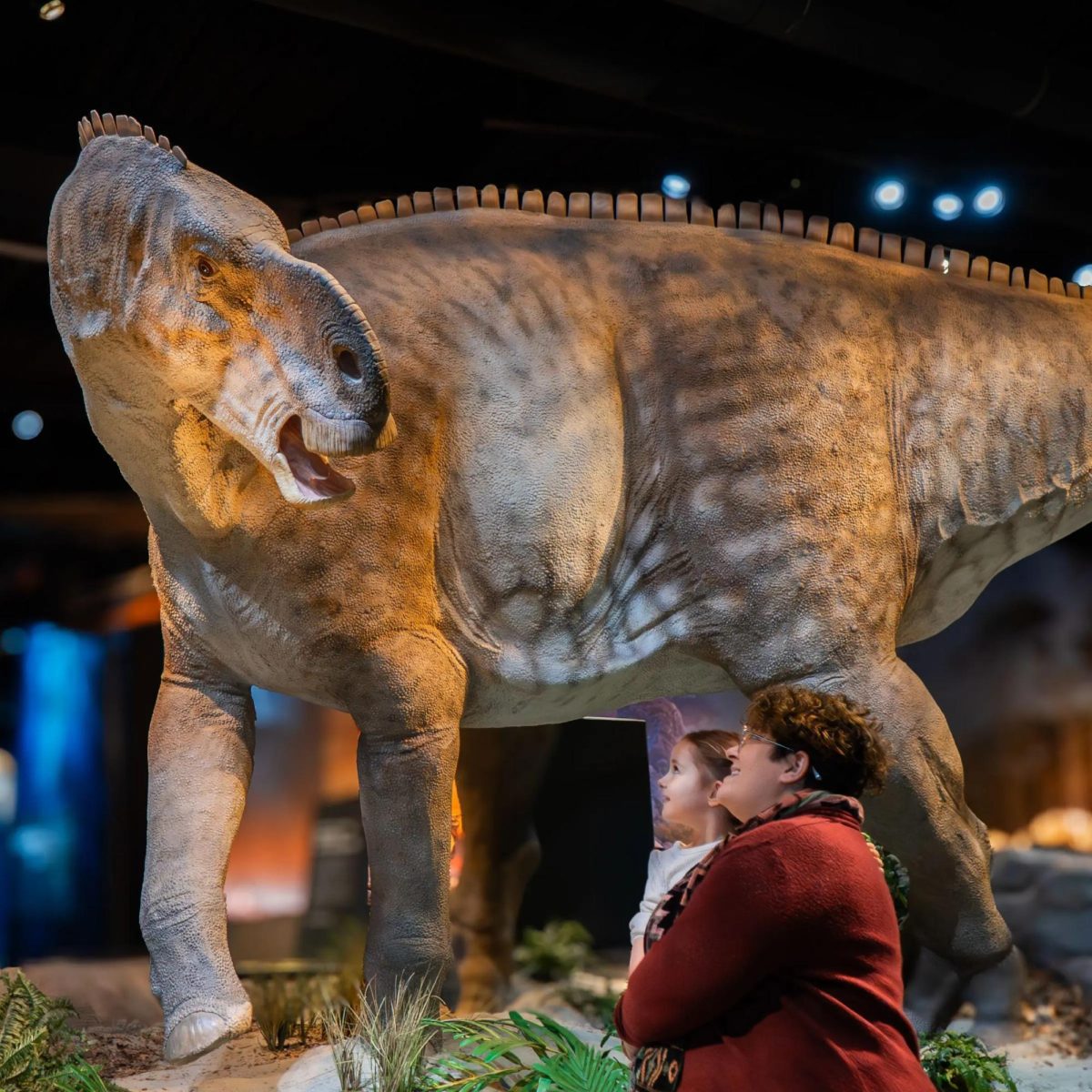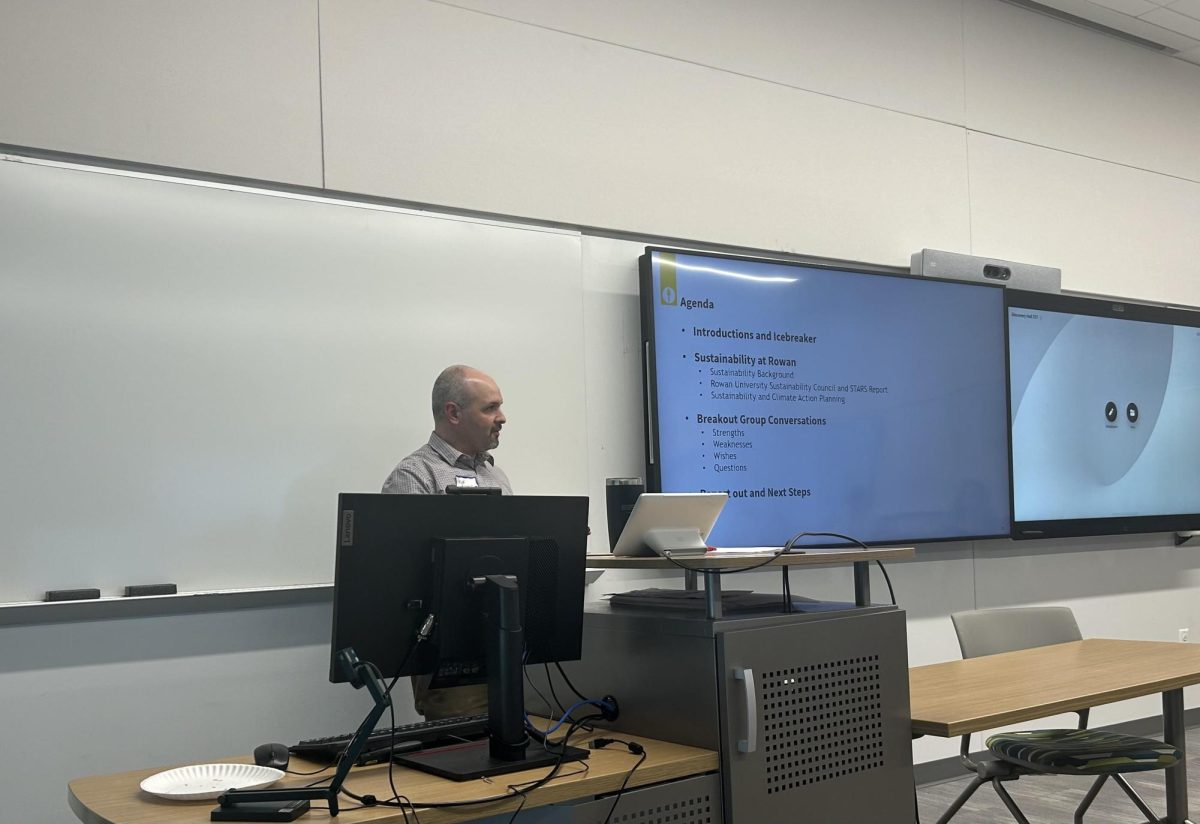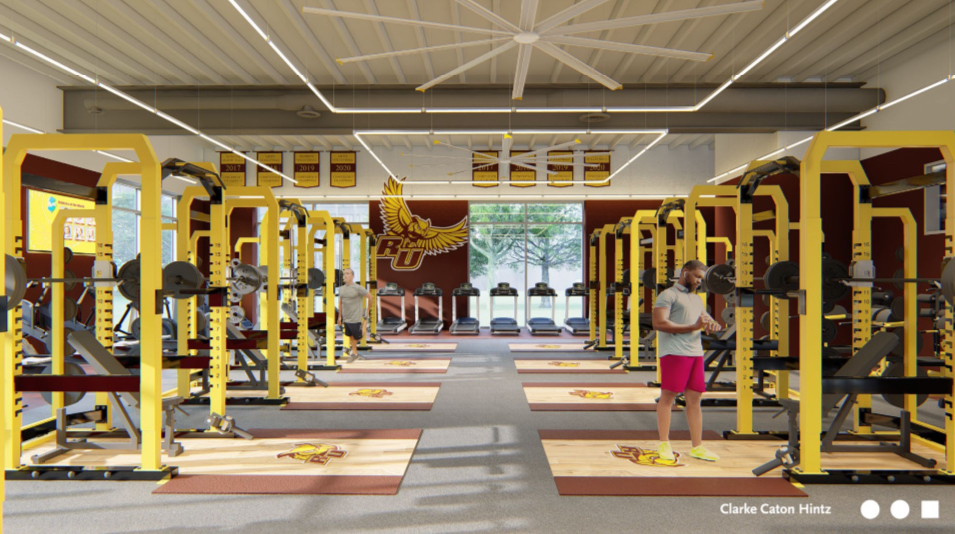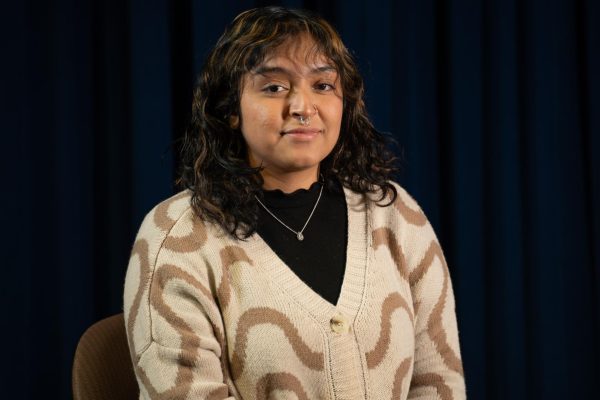The event “What’s Adrift With Microplastics?” was held at the Business Hall in Room 121 from 11 a.m. to 12 p.m. by a group of students from the health and science communication senior seminar class. This class was centered on giving students a project that they had to tackle throughout the whole semester and present it somewhere on campus.
Four students worked together to create an informative presentation on the impacts of microplastics and how it is detrimental to the planet. Students from all majors at Rowan University attended, to interact with presentations, activities, and games with the goal of bringing awareness to microplastics to the Rowan community.
Madison Poole, Sedrick Golden, Cara Forline, and Maya Soloman all were involved in creating this project. They decided to research the topic of microplastics. Microplastics, which are small plastic bits that break into tiny particles, are harmful to wildlife that often tend to mistake it for food. A lot is still unknown about them, as it has been recently discovered, and scientists are now looking into their impact.
The presentation was organized in an interactive manner so attendees could witness the effects of microplastics for themselves. Four stations were placed in the Business Hall room, each teaching a different fact about microplastics. Poole, who ran the Kahoot station, monitored the game. During Kahoot there were questions about microplastics that had to test their audience.
“We were all researching different topics and we came across Rowan having a water issue and we thought that could be something interesting to research further and eventually, we’d narrow the topic down to microplastics,” said Poole.
She states that students understand the general idea that plastic is bad, but she wants to stress just how bad it really is. For example, one of the questions on Kahoot was how it is assumed that humans consume about a credit card’s worth of plastic. Scientists have been examining the presence of microplastics as they continue to get smaller.
ScienceDirect has found multiple results of microplastics coming into contact with humans. An article released in January 2021 stated that there were microplastics detected in human placentas. It creates a discussion of how this affects the long-term health of people as they grow up.
When discussions like this are brought to a college level, it allows students who have unrelated majors to understand their impact and how they can reduce their use of plastic. The four students came up with an idea when attendees entered. They were given a punch card. Once an attendee went to all four stations of the event, they were able to get a reusable pouch and reusable straw as a prize for participating.
Students enjoyed the event, as it allowed them to learn about such an alarming topic that is affecting everyone today. Vy Le, who was just with a friend at the Business Hall Lobby, went to the event by word of mouth.
“The professor came up to us and invited us over here and we thought, why not it sounds fun,” said Le. “Something that surprised me was how fast fashion was harmful to the environment.”
The last station, hosted by Maya Solomon, a senior Health and Science Communication major, created a skit that discussed how influencers promote mass consumption. In the skit, an attendee plays the influencer, pretending to take a selfie promoting a new item, and telling their followers to go buy this item now. Solomon plays the follower and talks about how they need to get this item because their favorite influencer just announced how great it was.
This skit demonstrates the importance of how social media is creating an uptake in fast fashion, with multiple influencers showing the newest shoe or the newest shirt to buy, or else they miss out on “the trend.”
A second station in the presentation, hosted by Forline, allows attendees to see how tiny microplastics really are. By taking a glass jar, scooping up Orbeez, and pouring water into the jar, it is shown that one cannot see the plastic. This brings awareness that when people are looking into the ocean, it’s hard to depict the little pieces of plastic.
Rachel Sampson, a junior Health and Science Communication major, attended the event and interacted with Forline’s presentation about the size of microplastics.
“I’m friends with Cara Forline, and I wanted to come out today to support her,” said Sampson. “I wasn’t familiar with how microplastics damage the environment, it’s sad to see how it really does impact us in ways I didn’t think of.”
Sedrick Golden demonstrated how plastics are found so commonly on beach grounds, and how often they are ignored by beach visitors. In his station, attendees were timed to see how much plastic they could find in the pretend beach, created by Golden.
The Health and Science Communication Department strives to create these events in order for students to learn about different topics within the major, but also for recognition, as this year this is the largest class of HSC majors graduating.
For comments/questions about this story DM us on Instagram @thewhitatrowan or email thewhit.newseditor@gmail.com



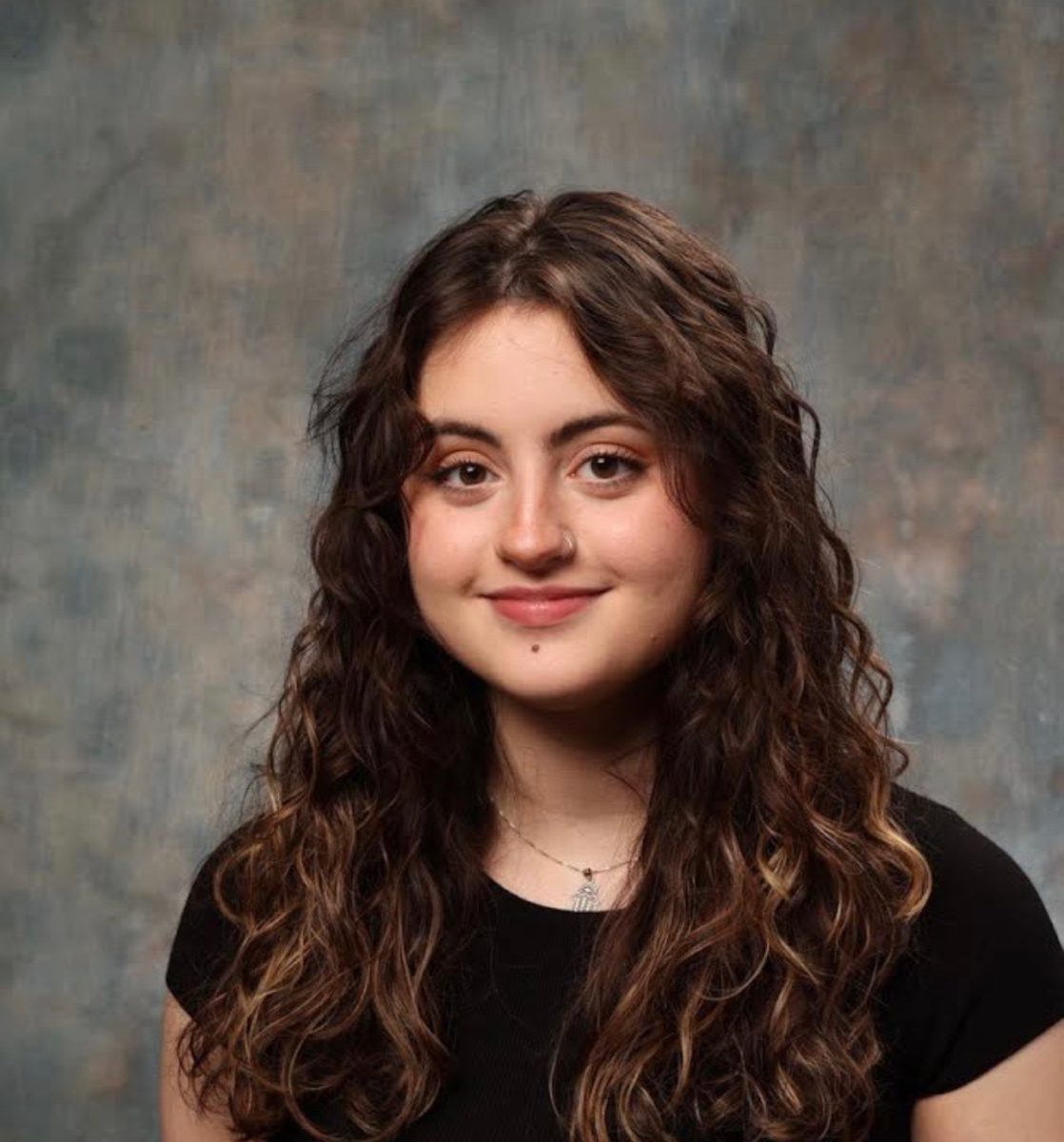


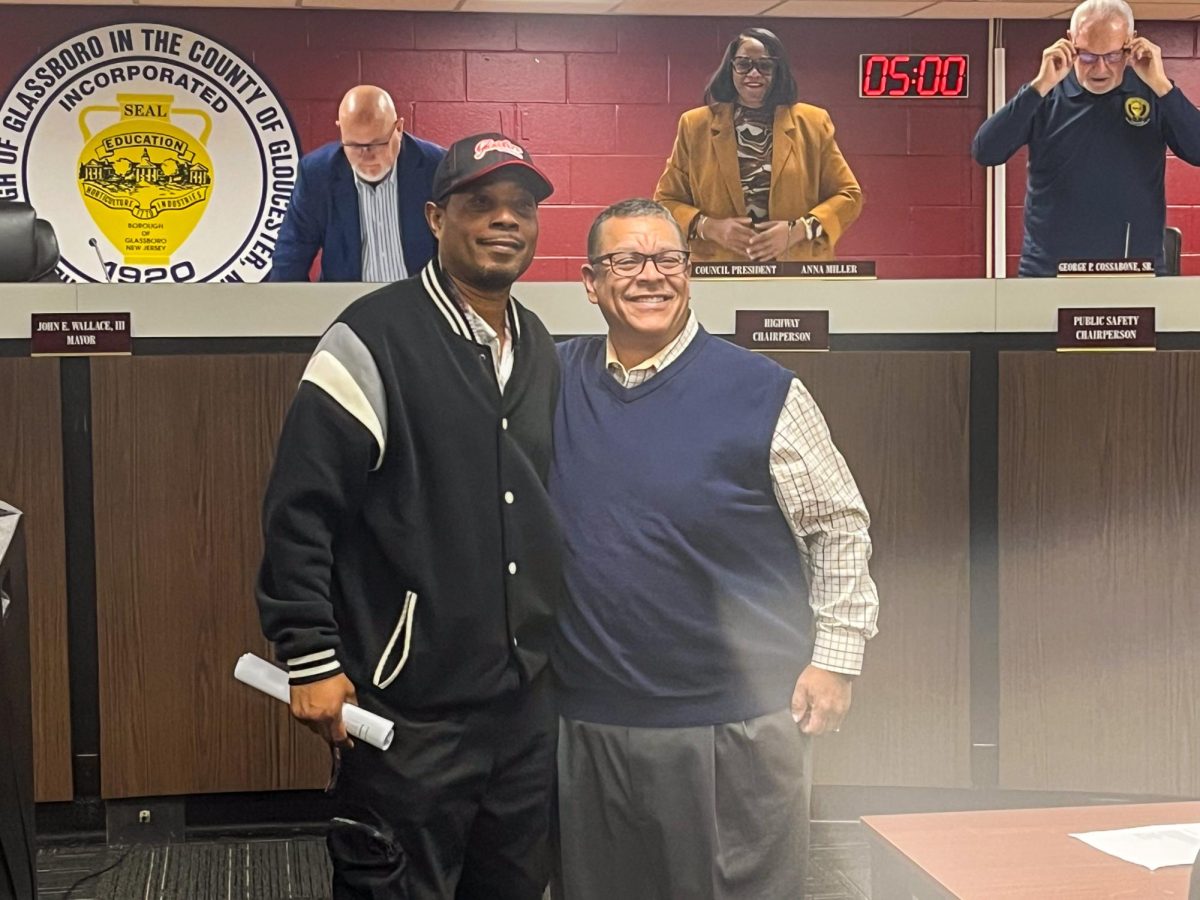
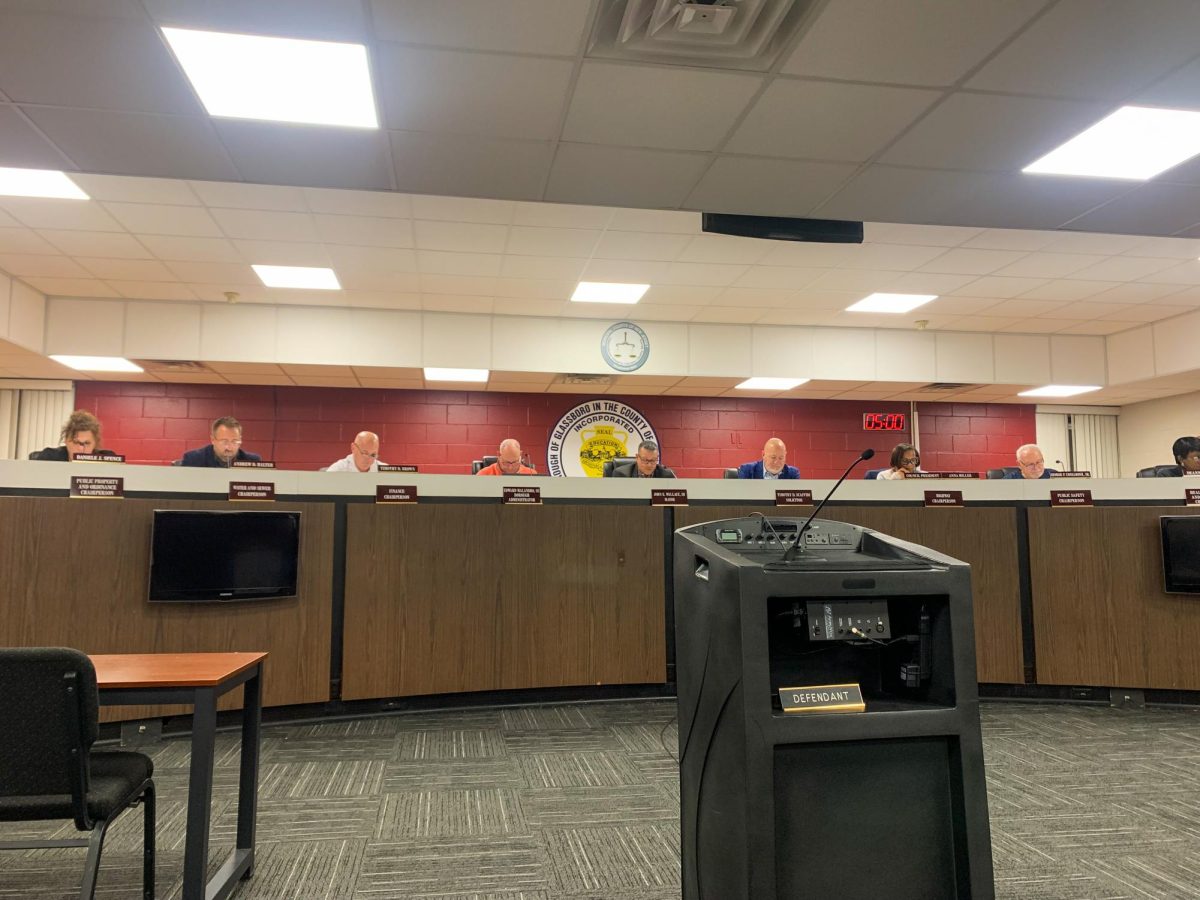
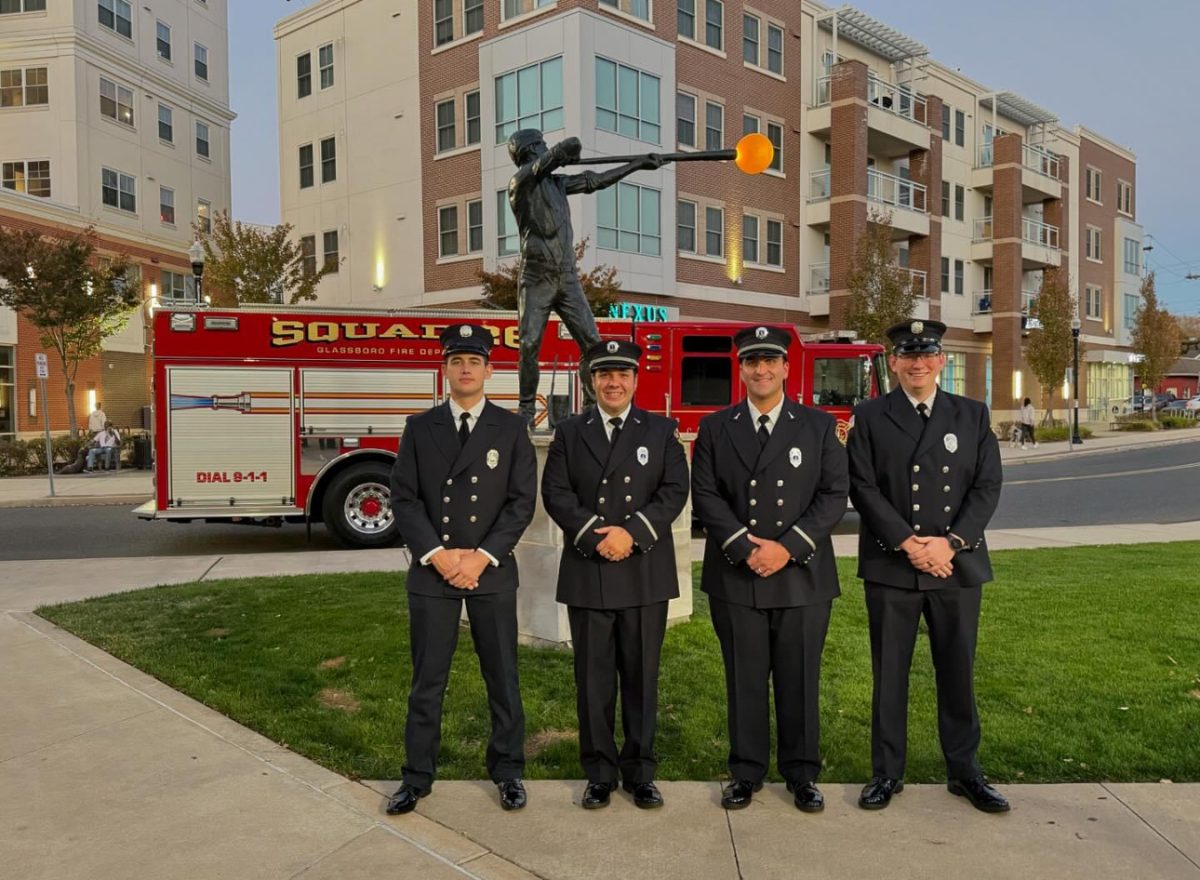






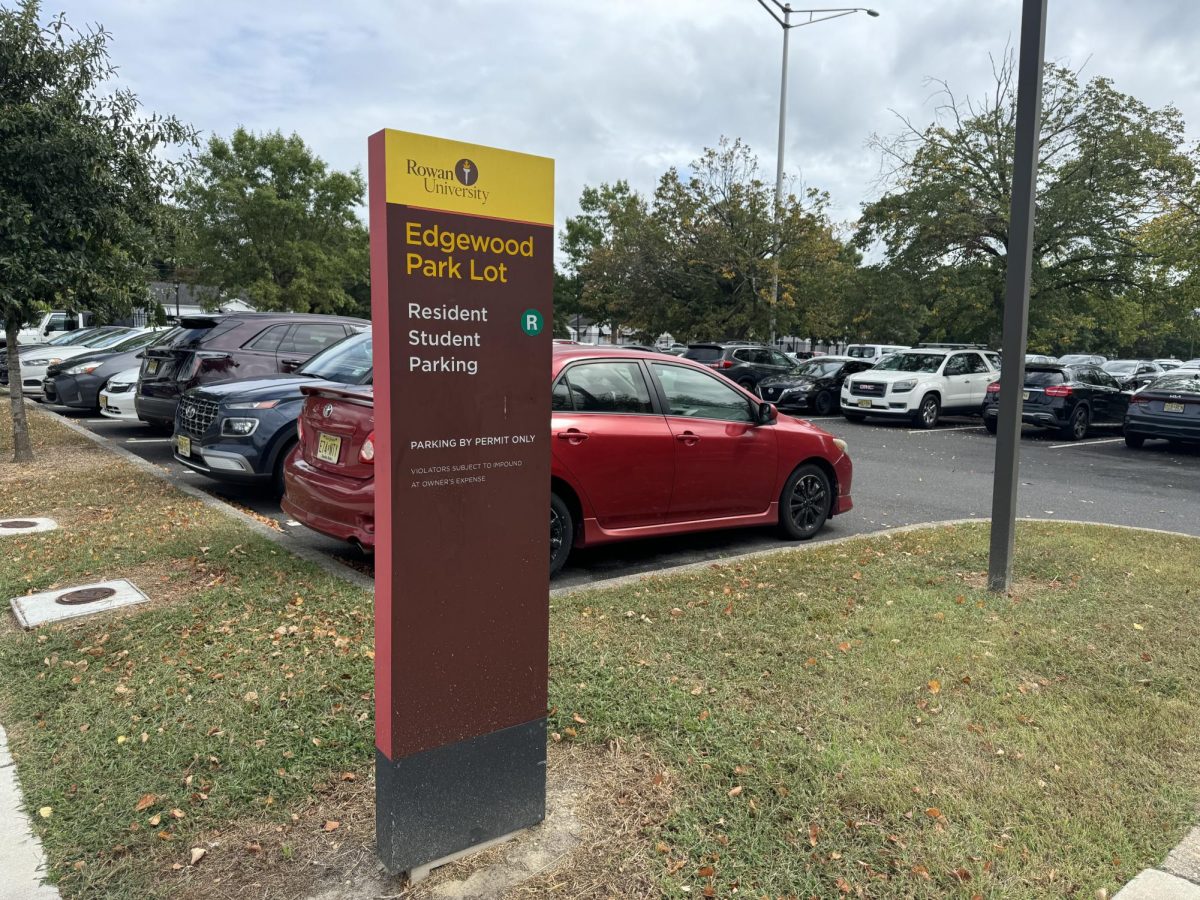

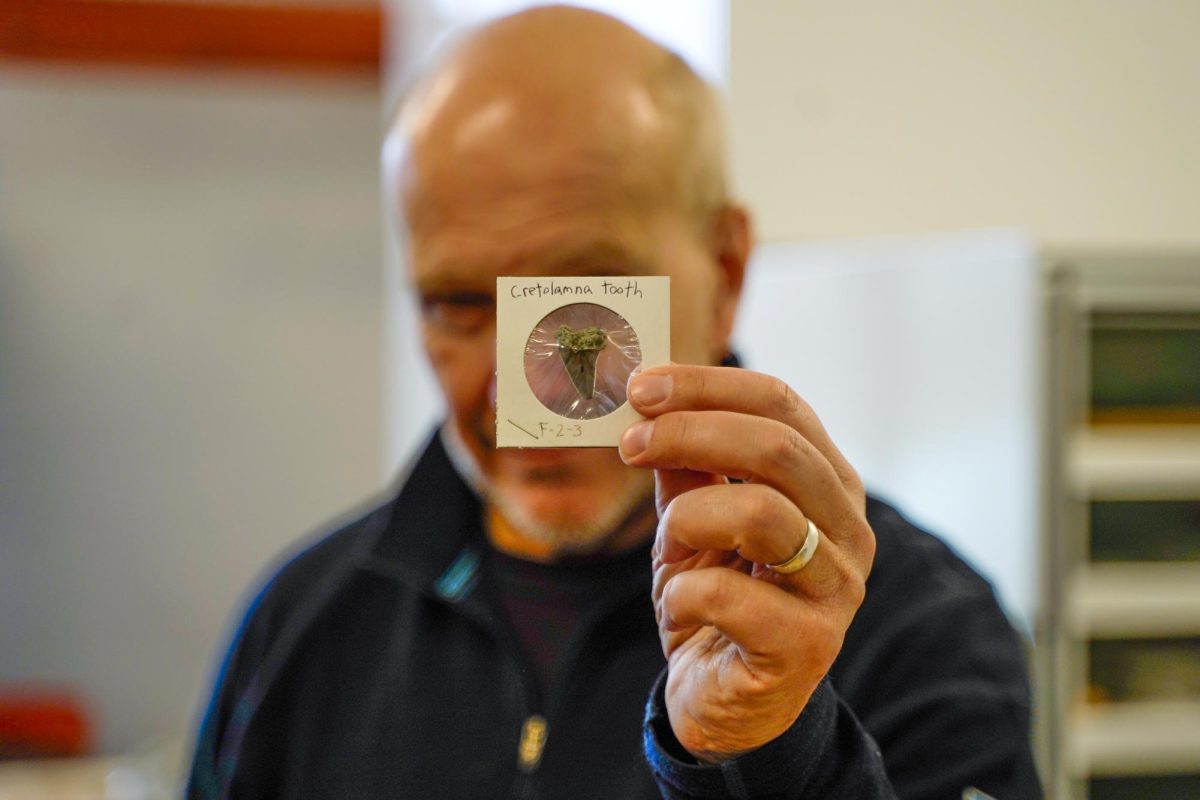
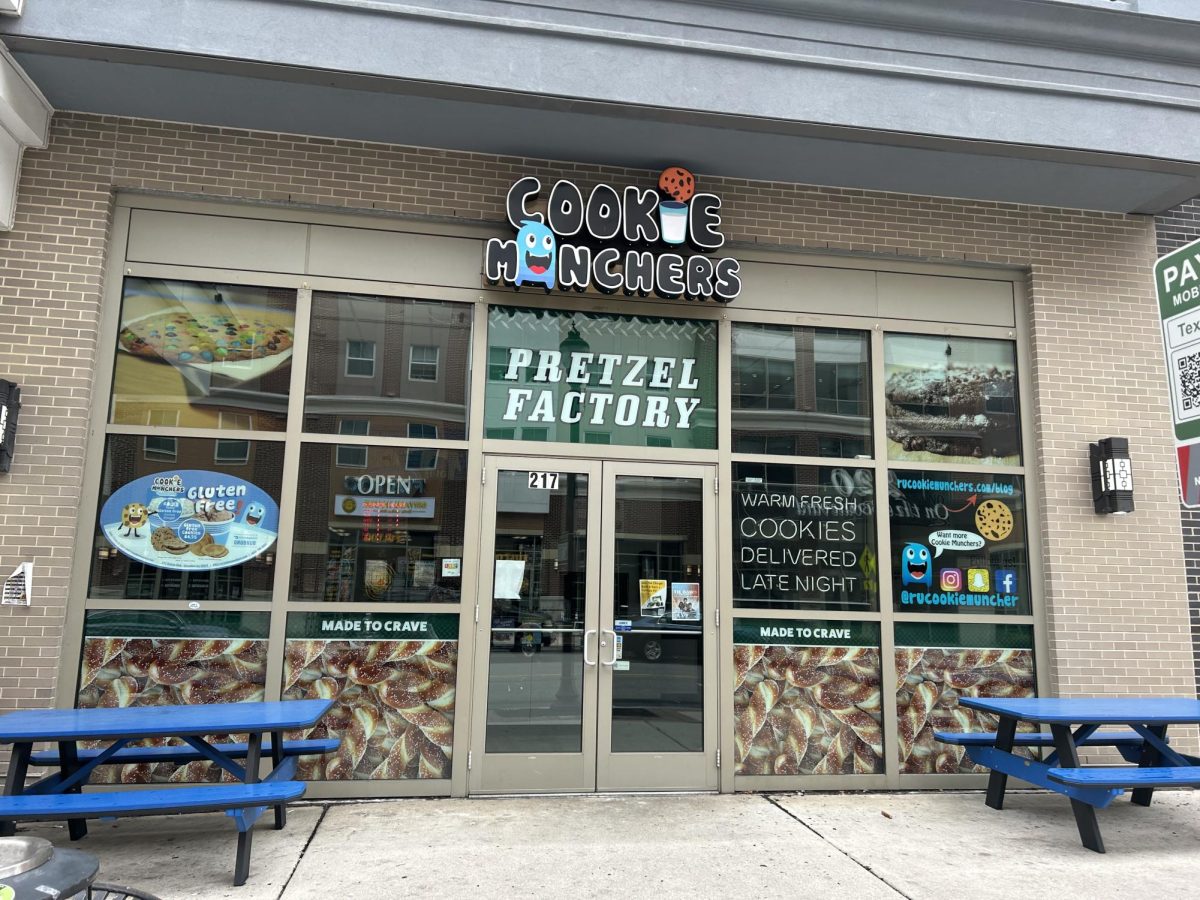
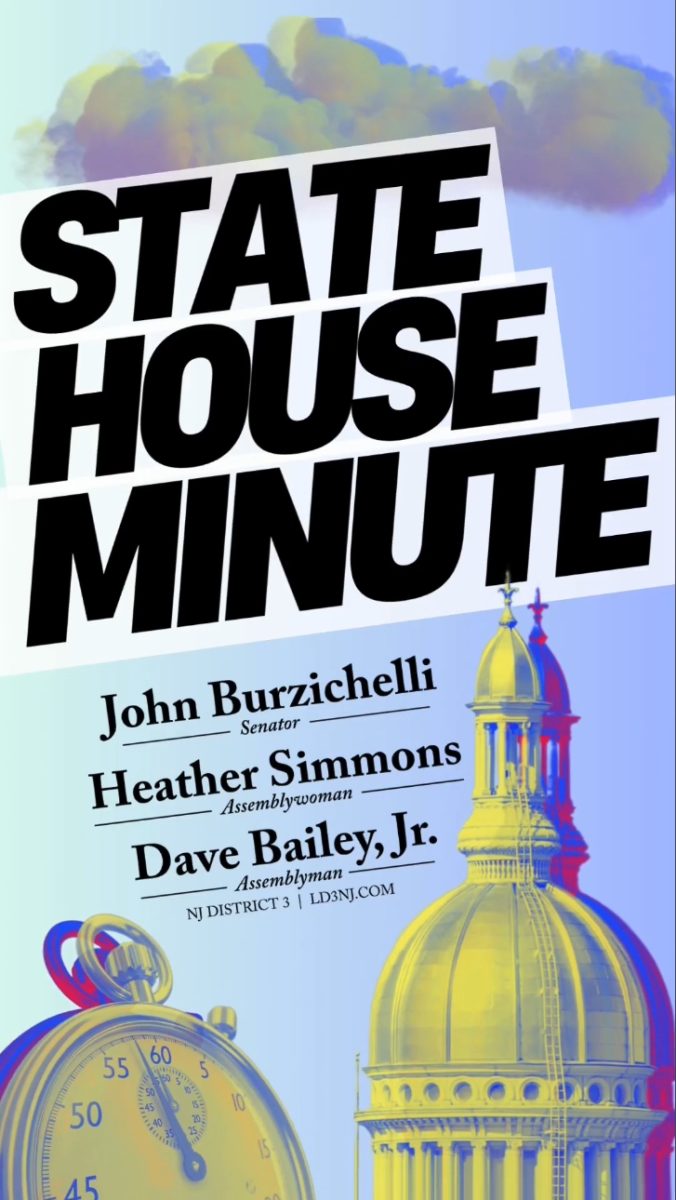
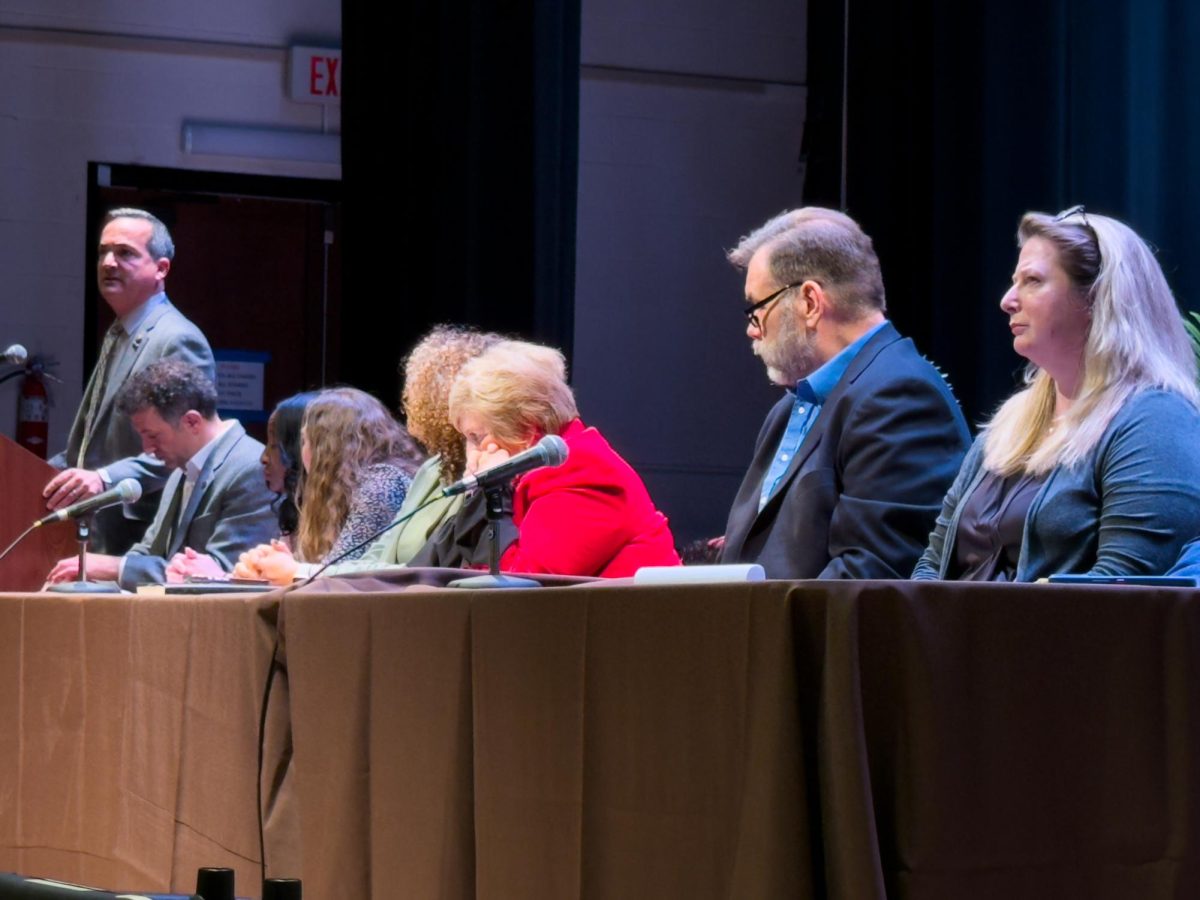

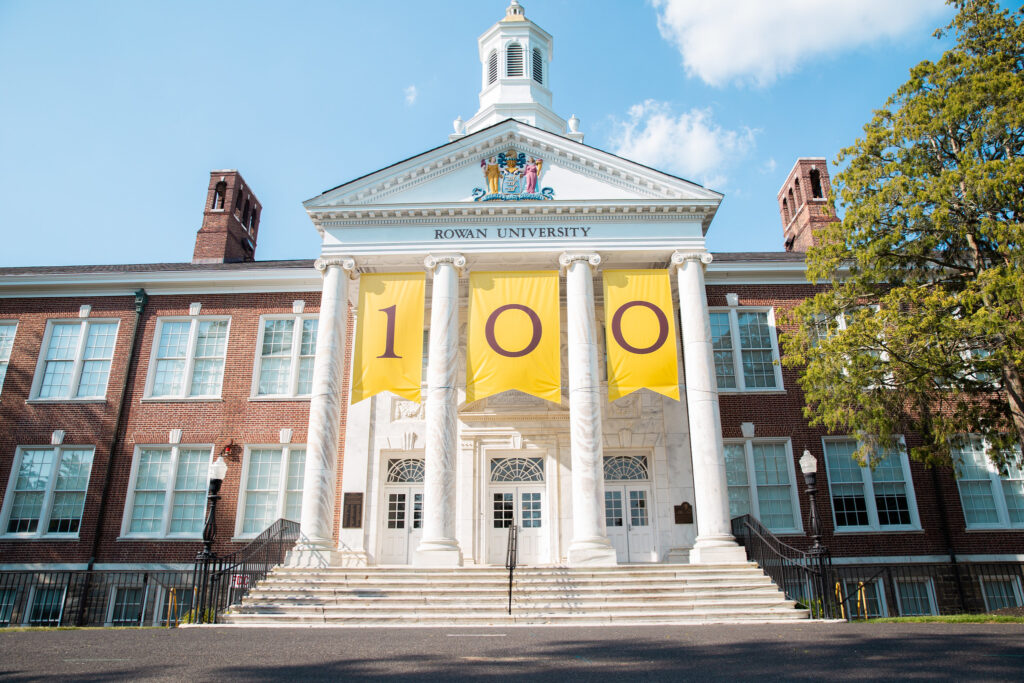









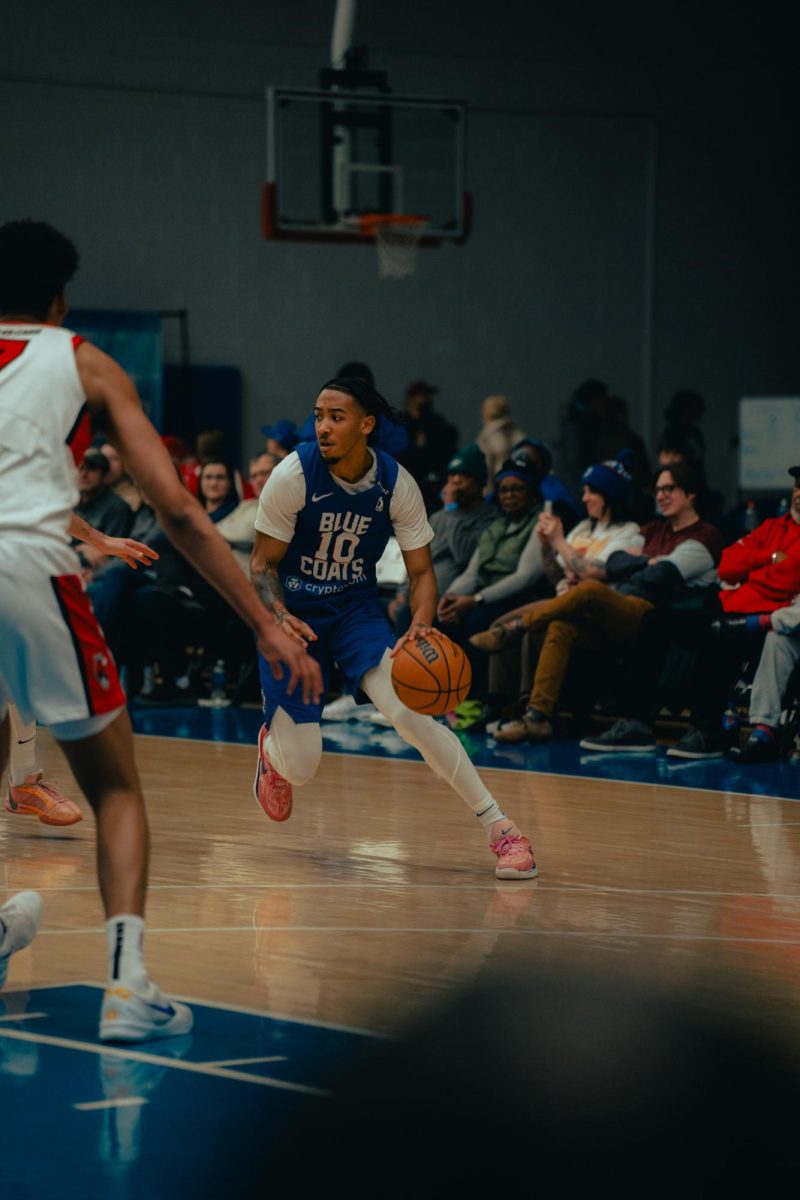

































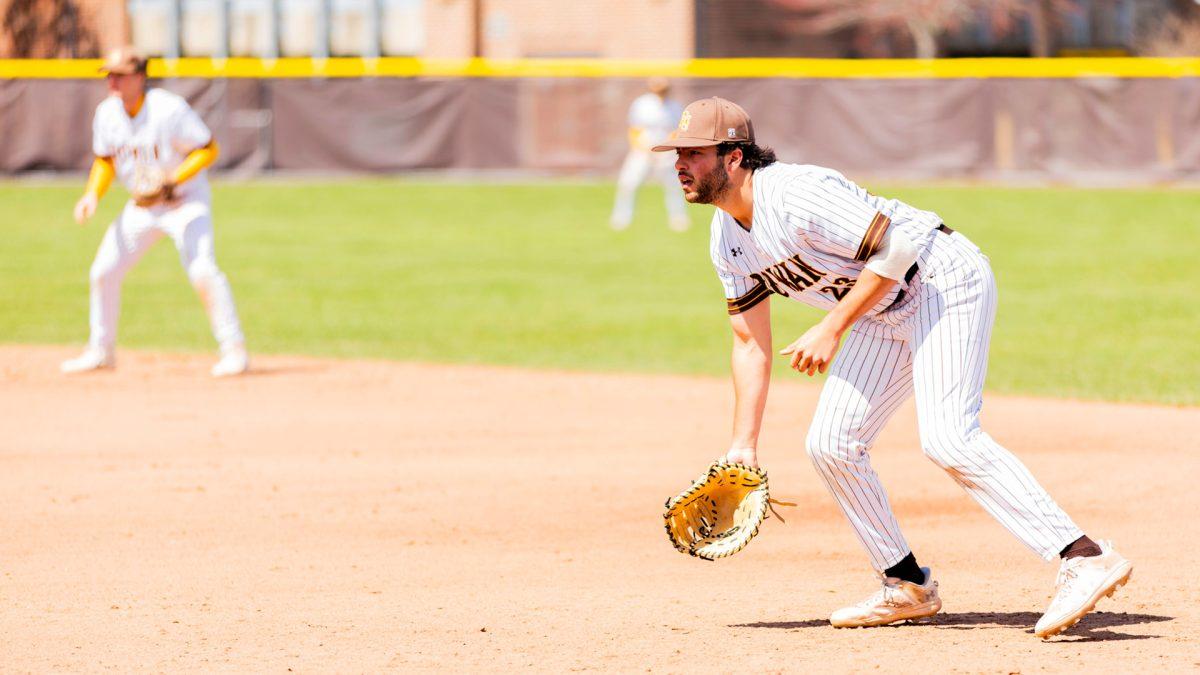
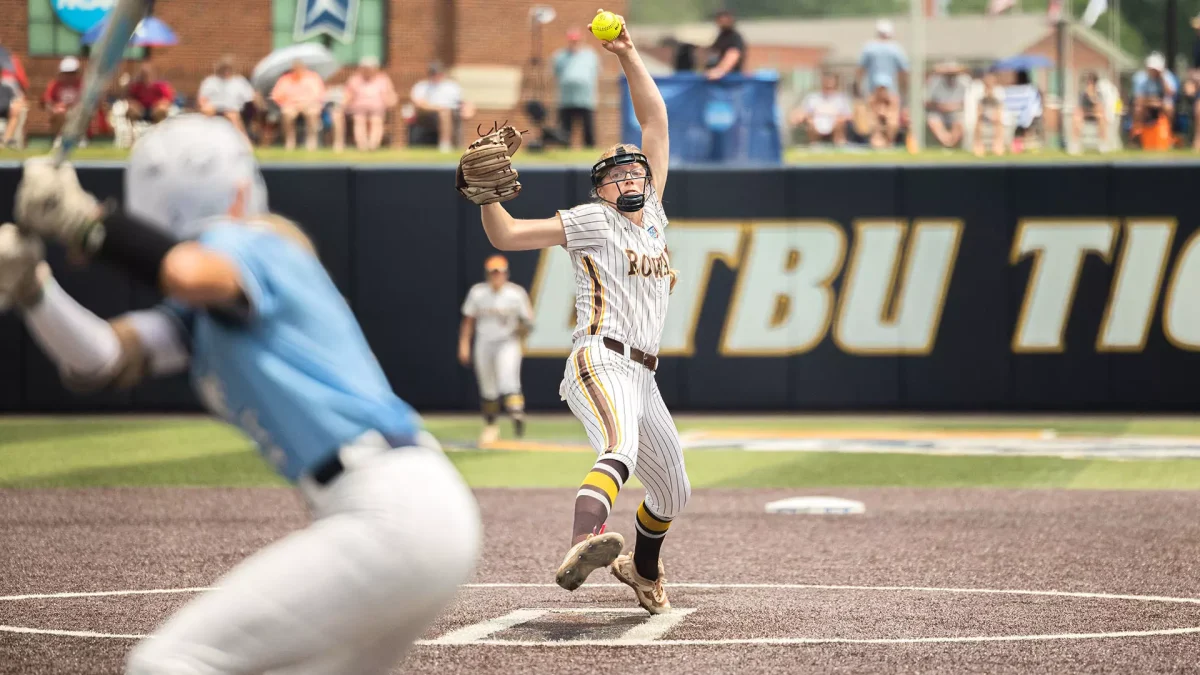
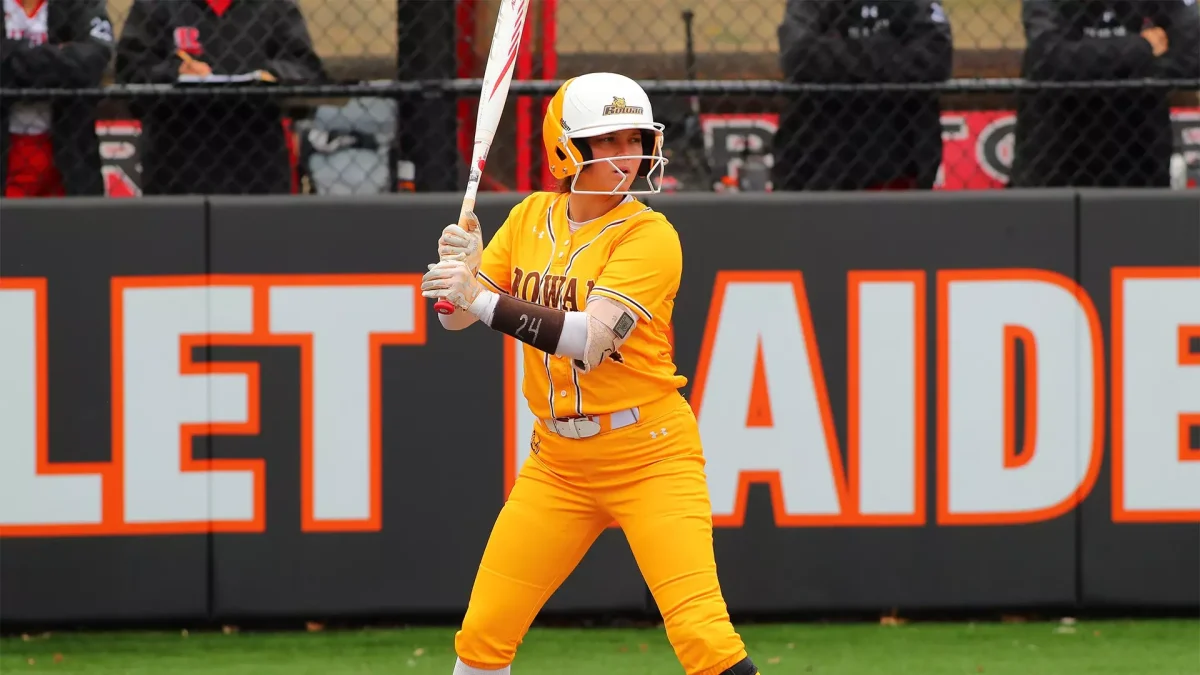
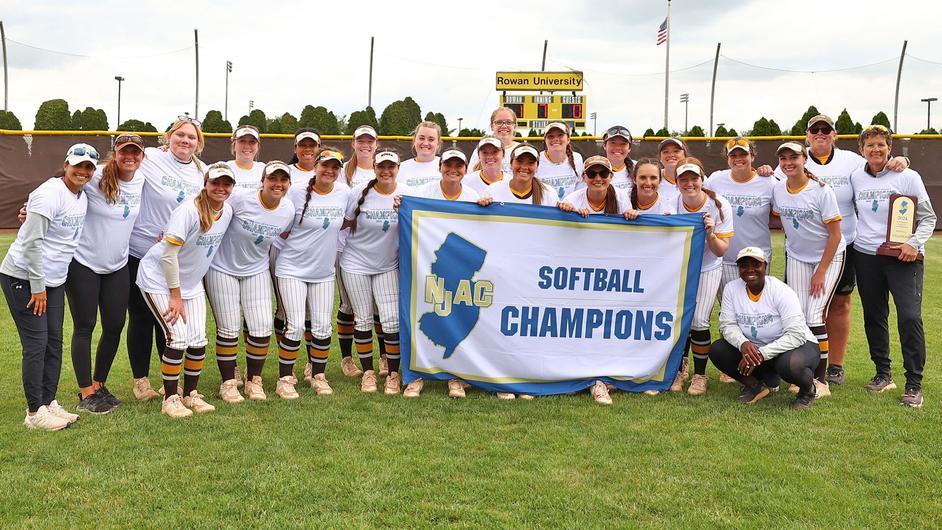



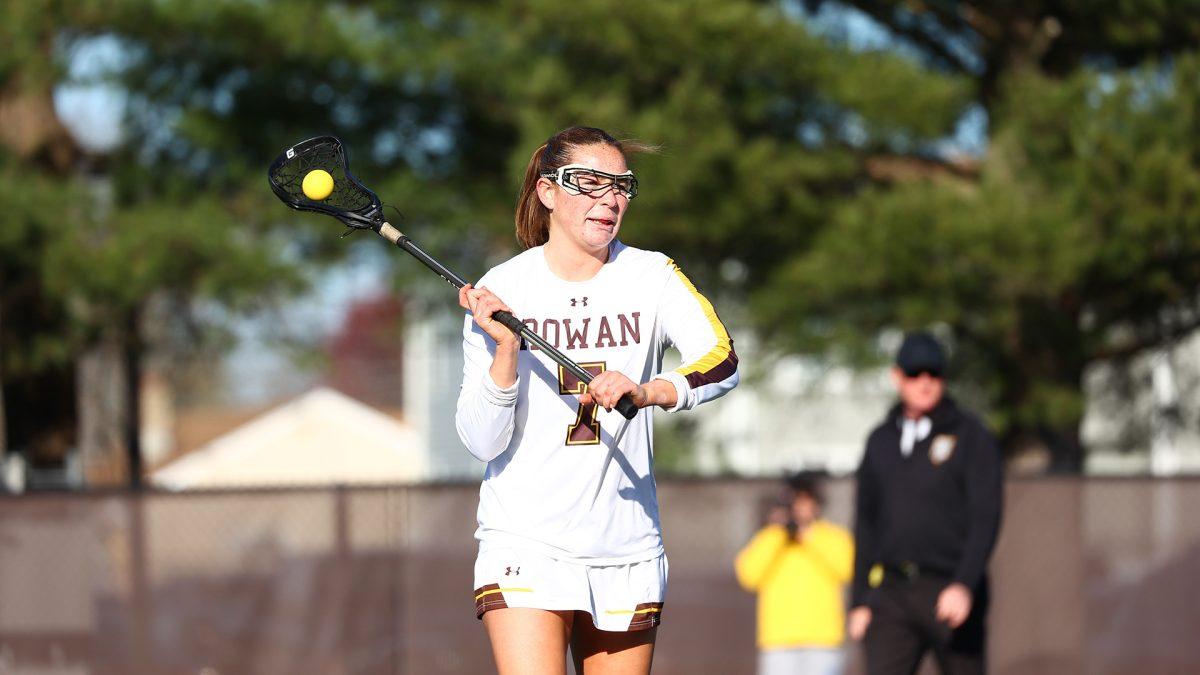




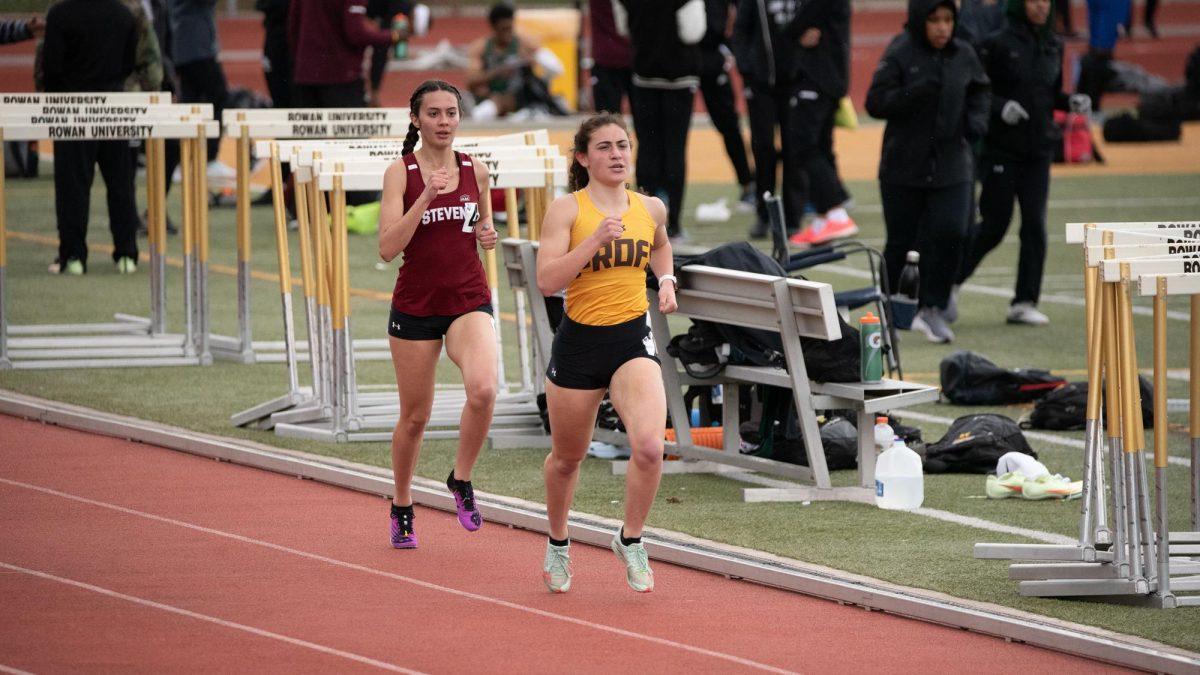
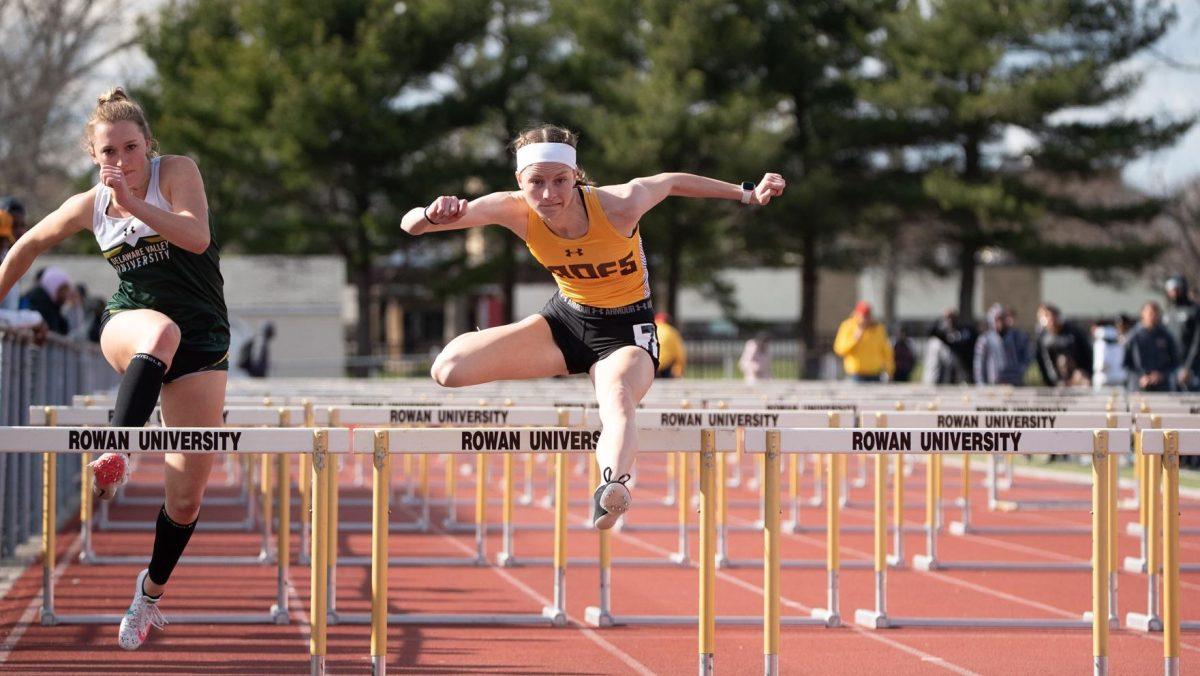


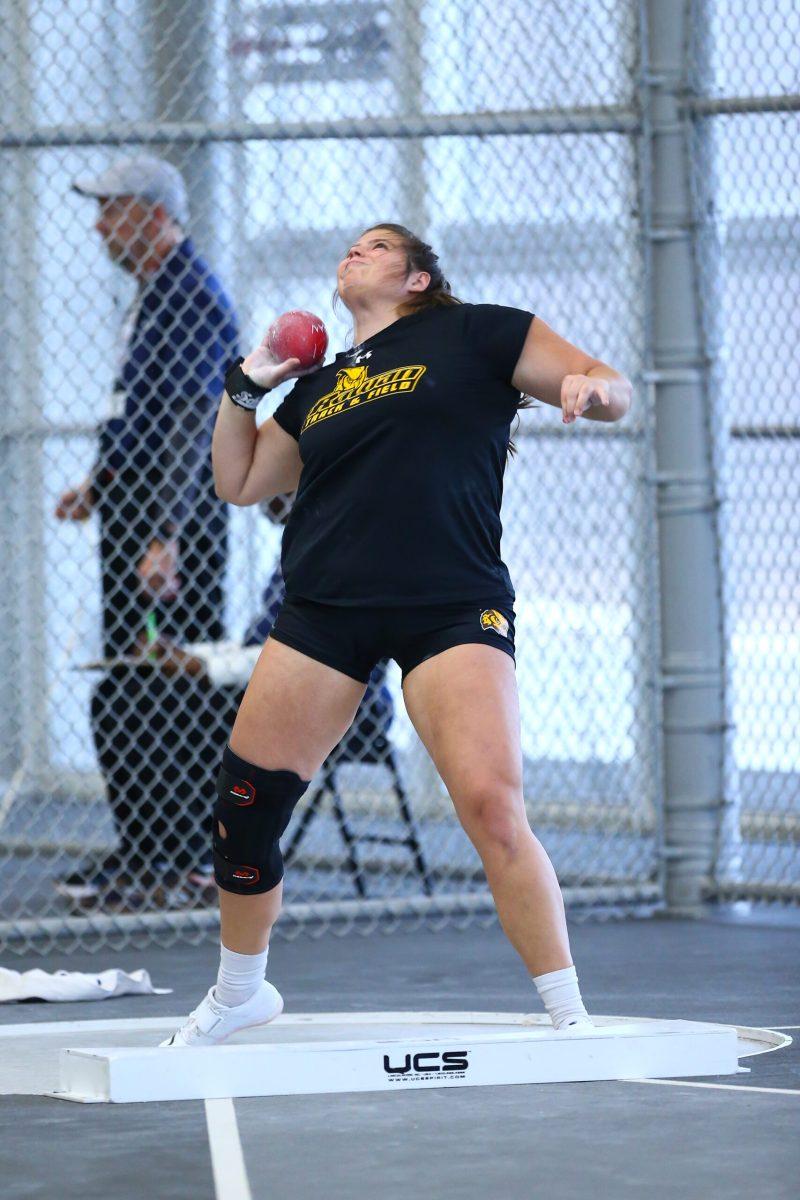


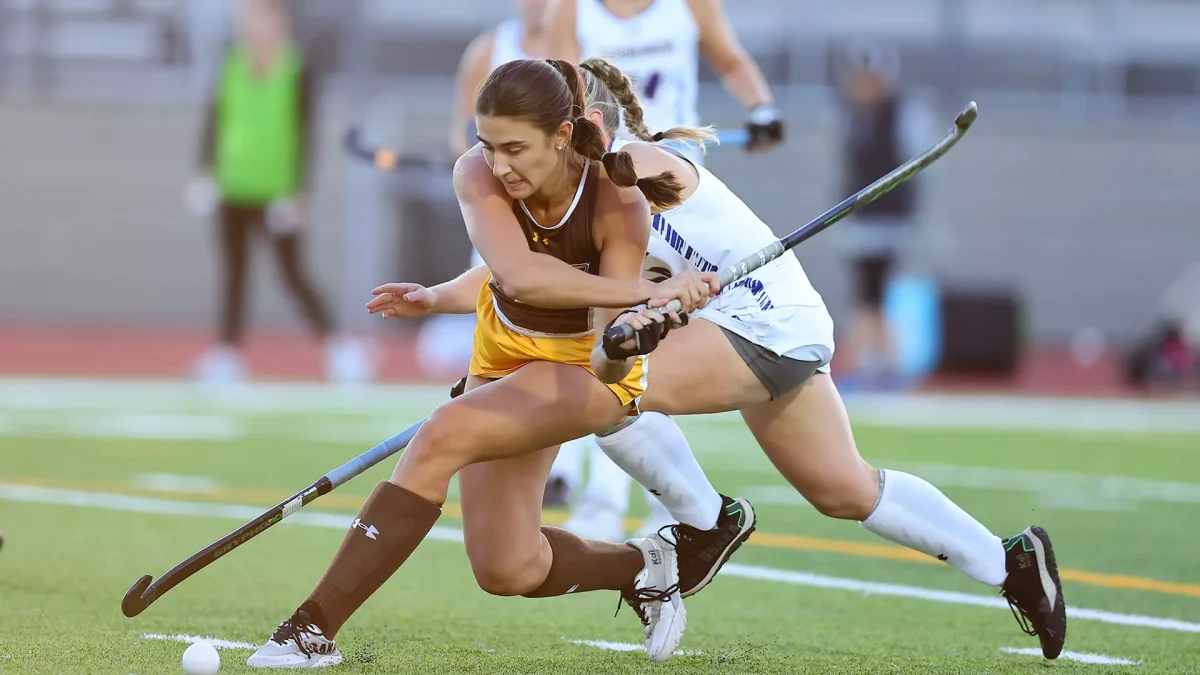

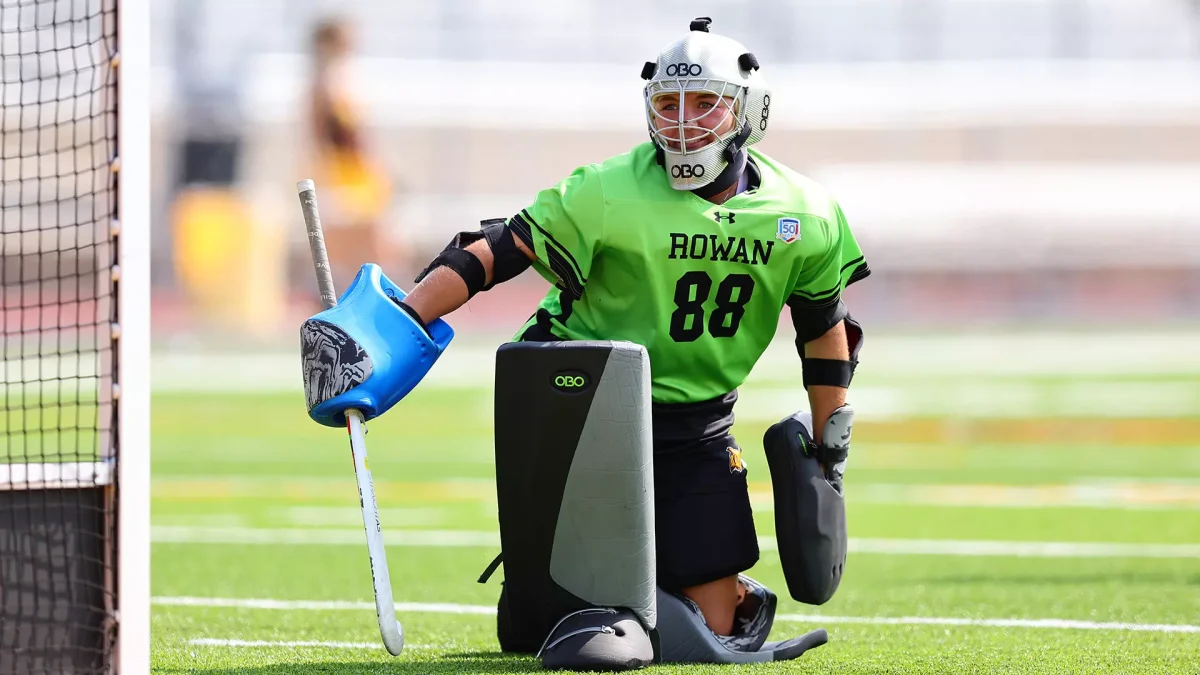


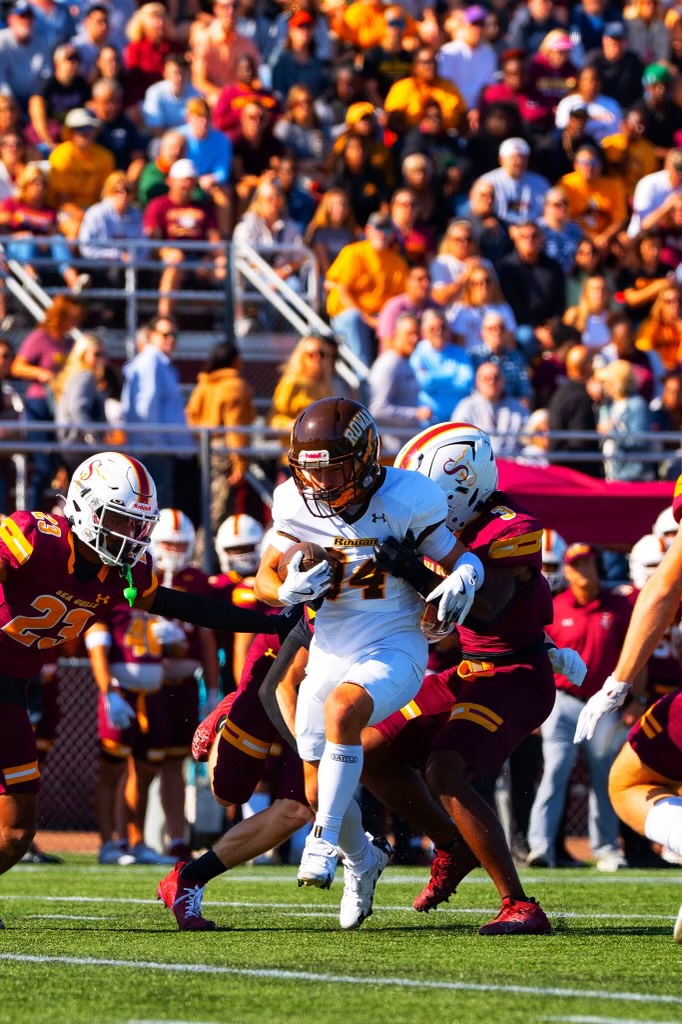
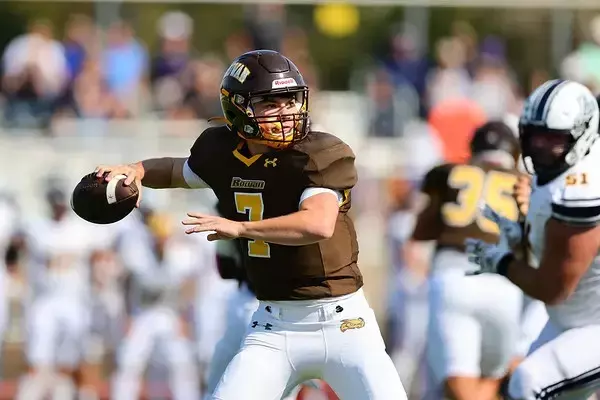


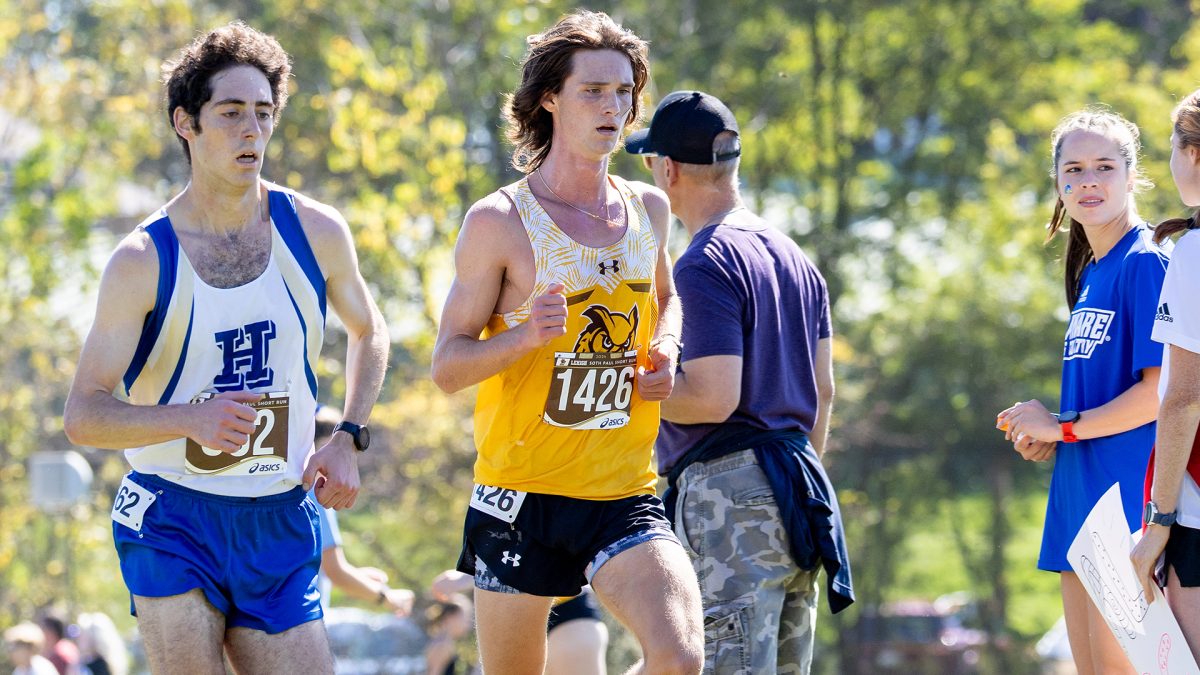



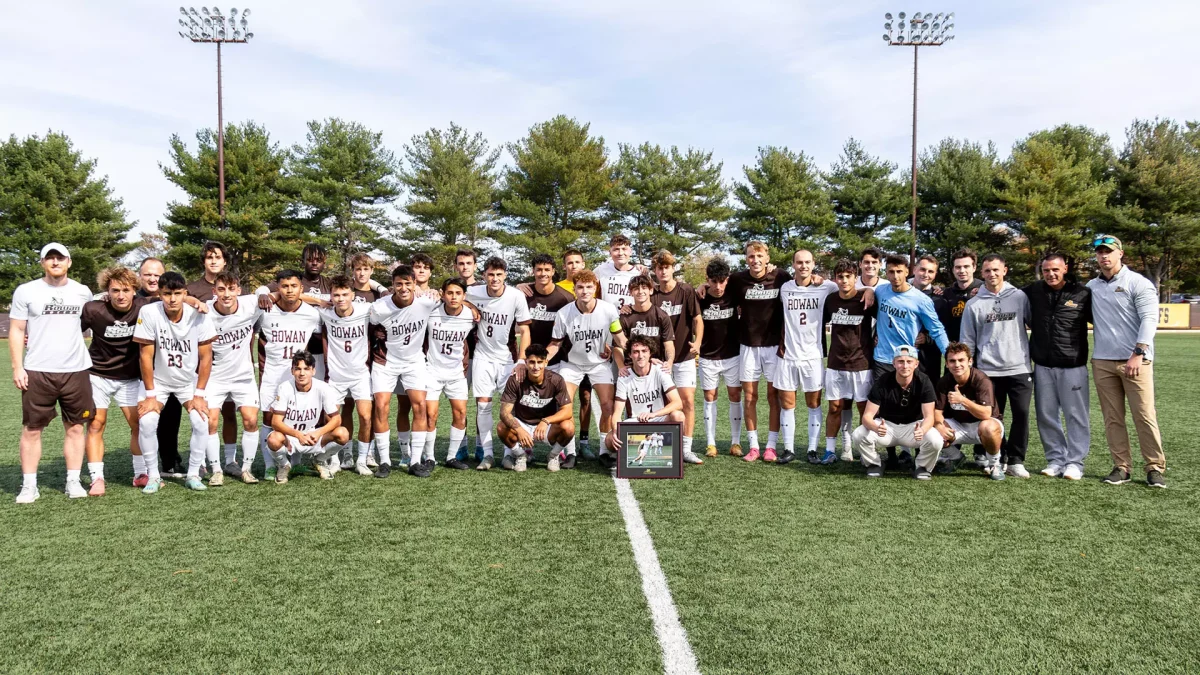

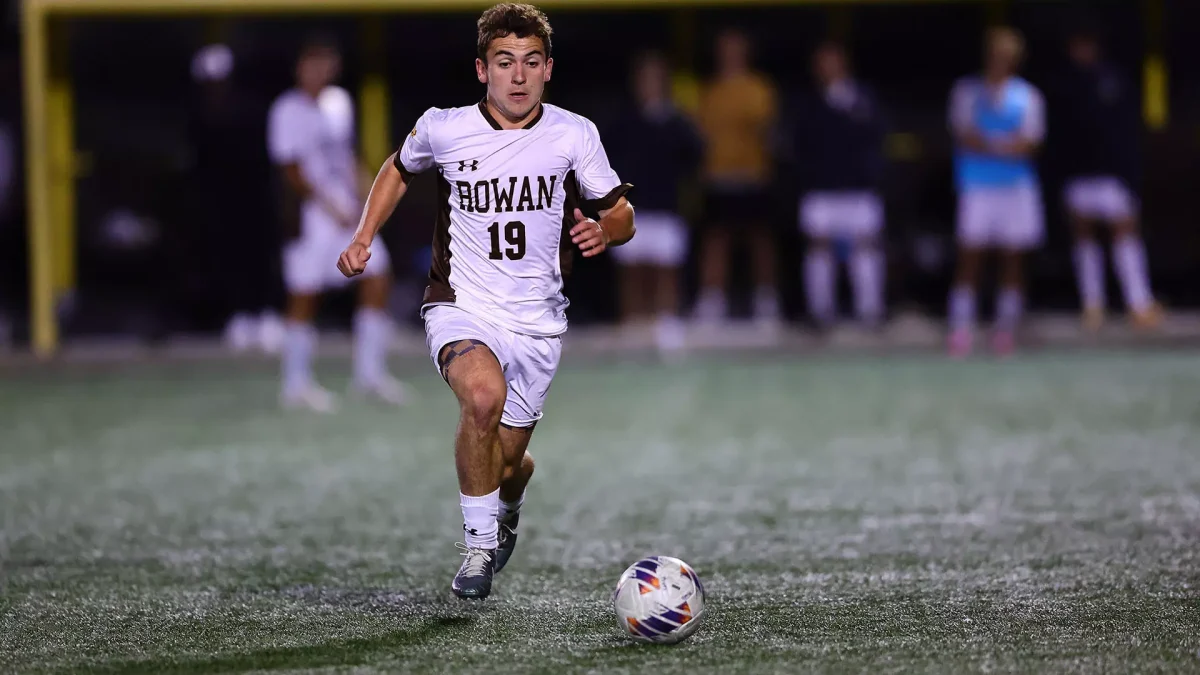



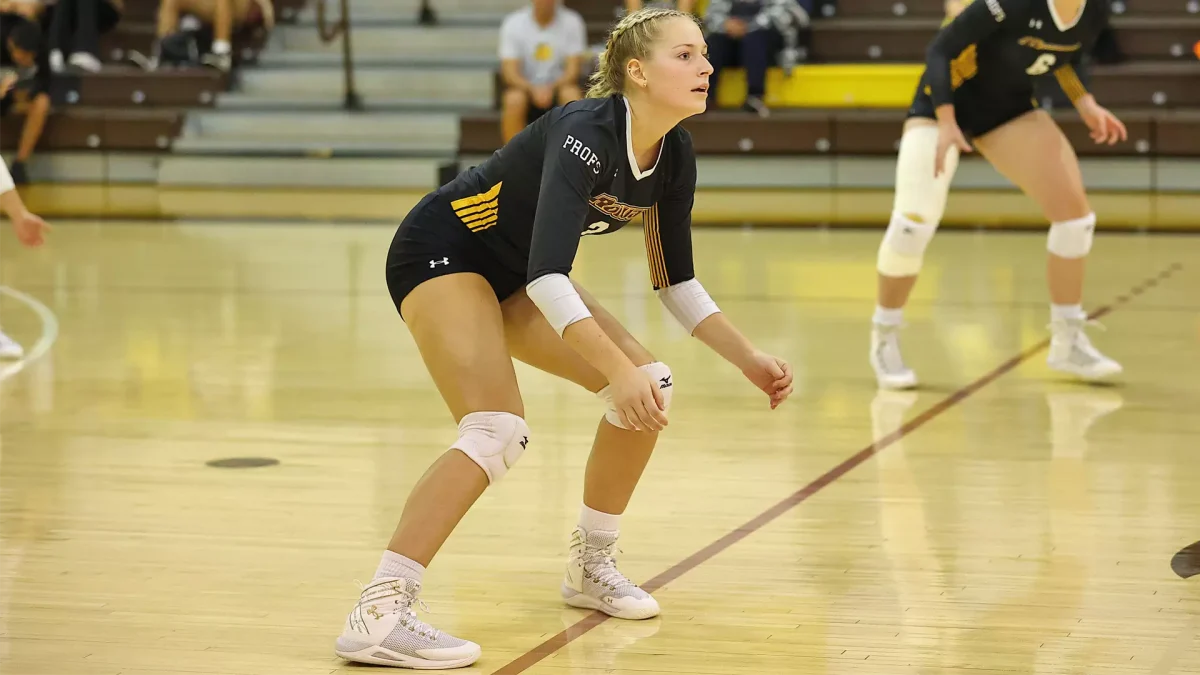



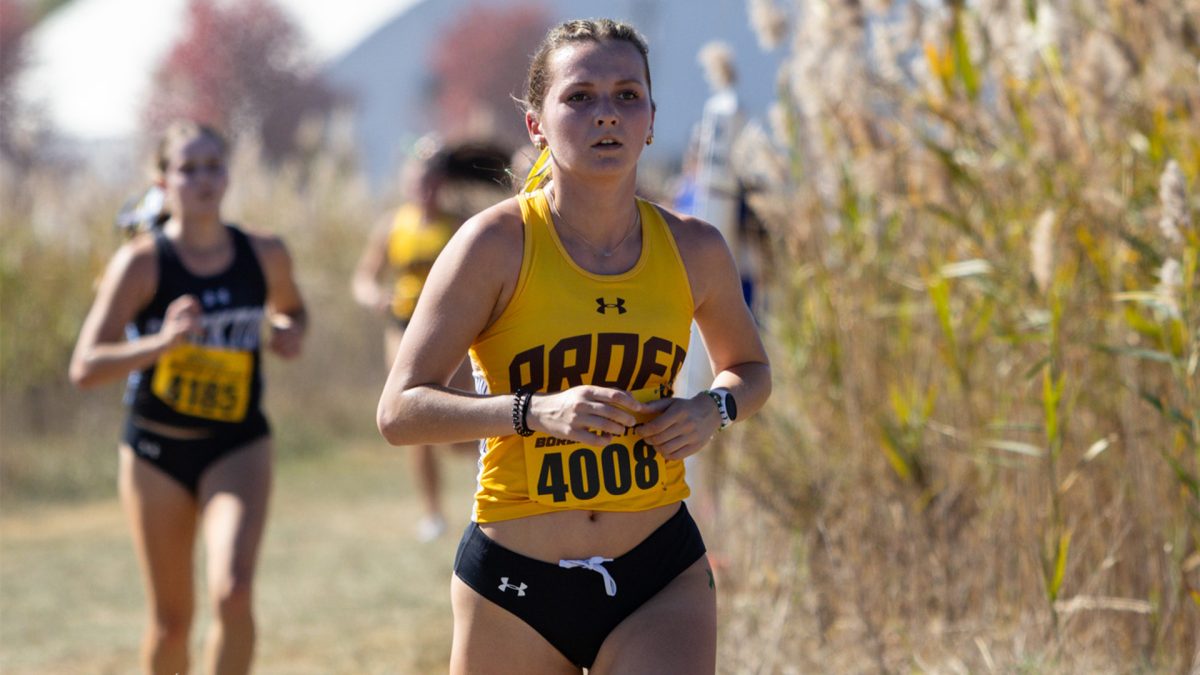




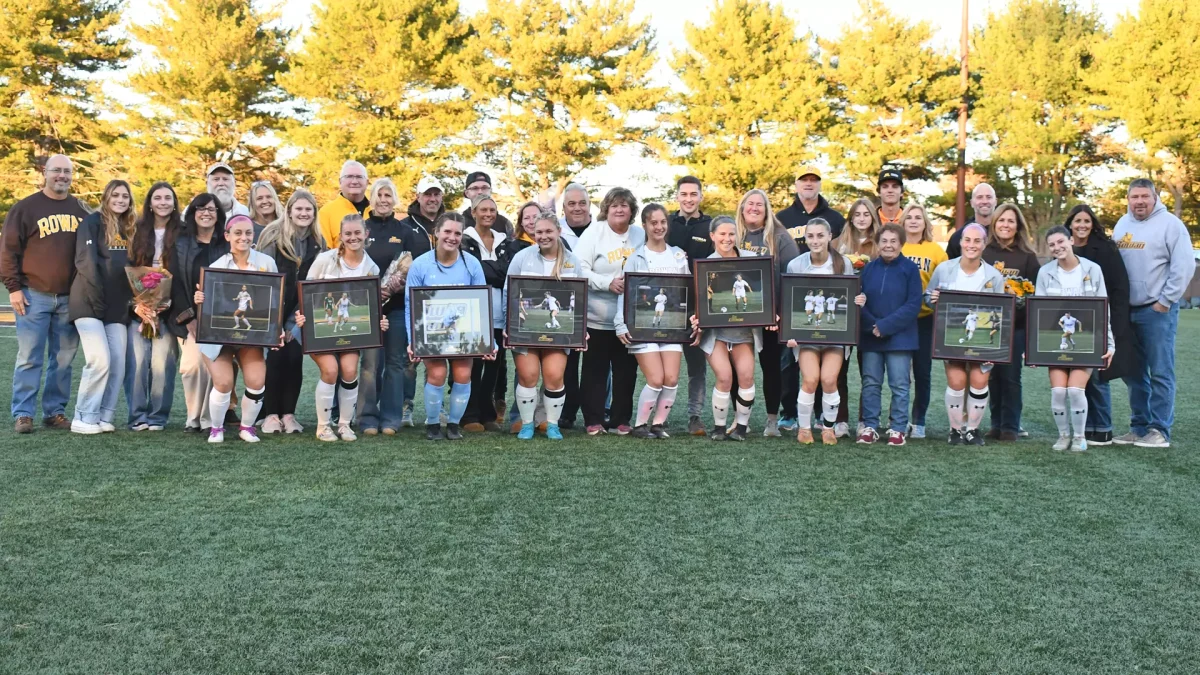
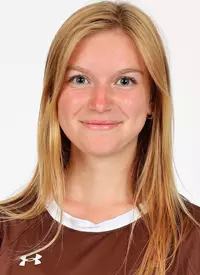










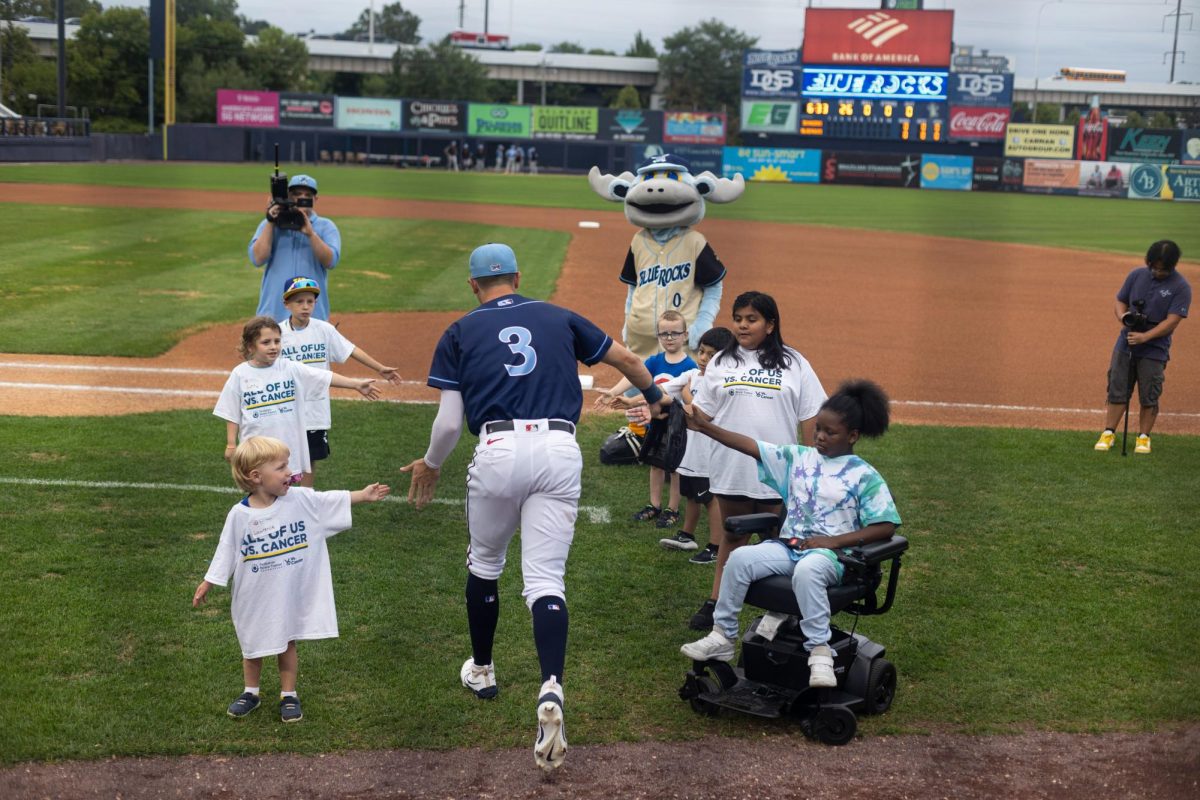
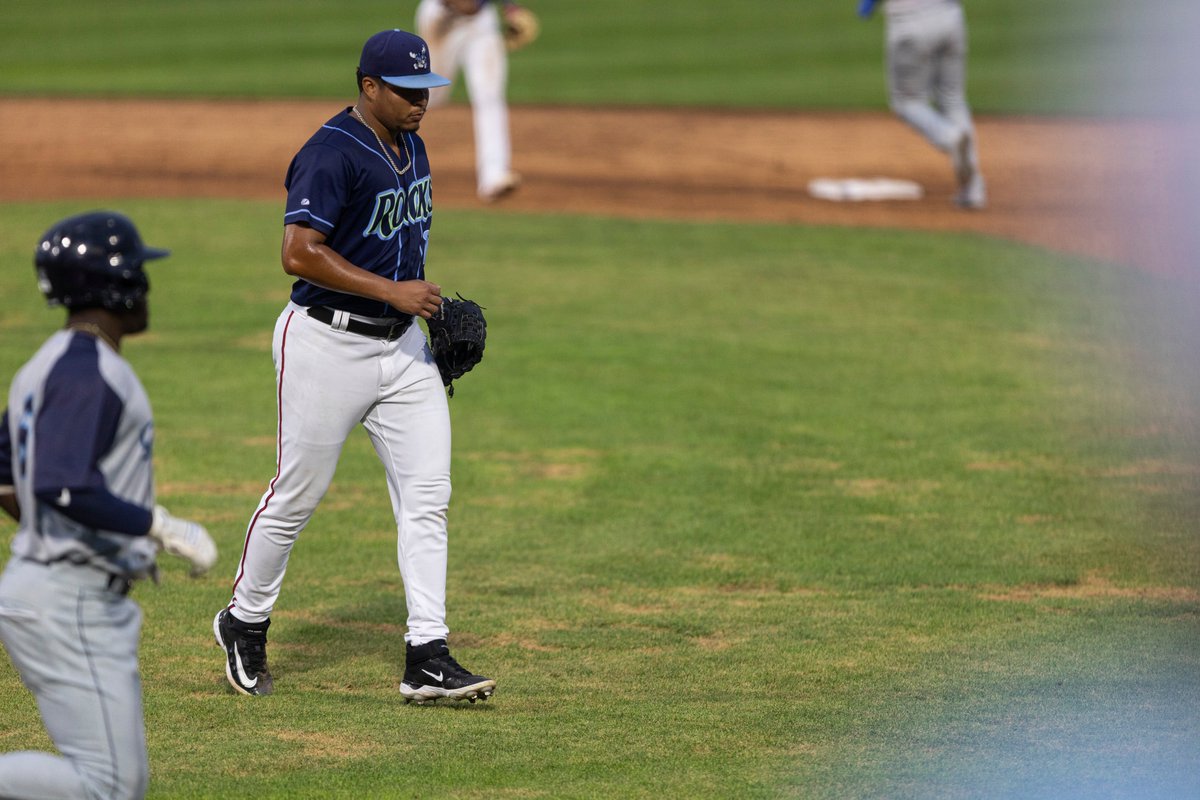
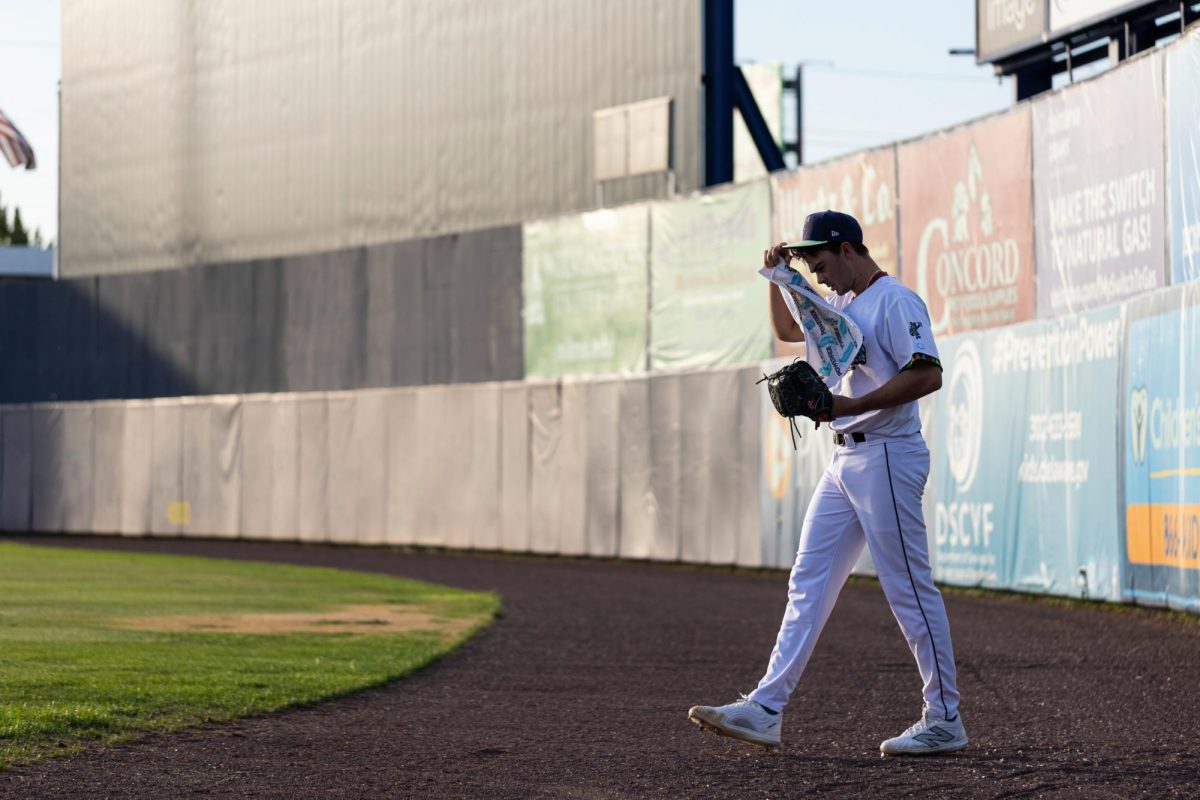
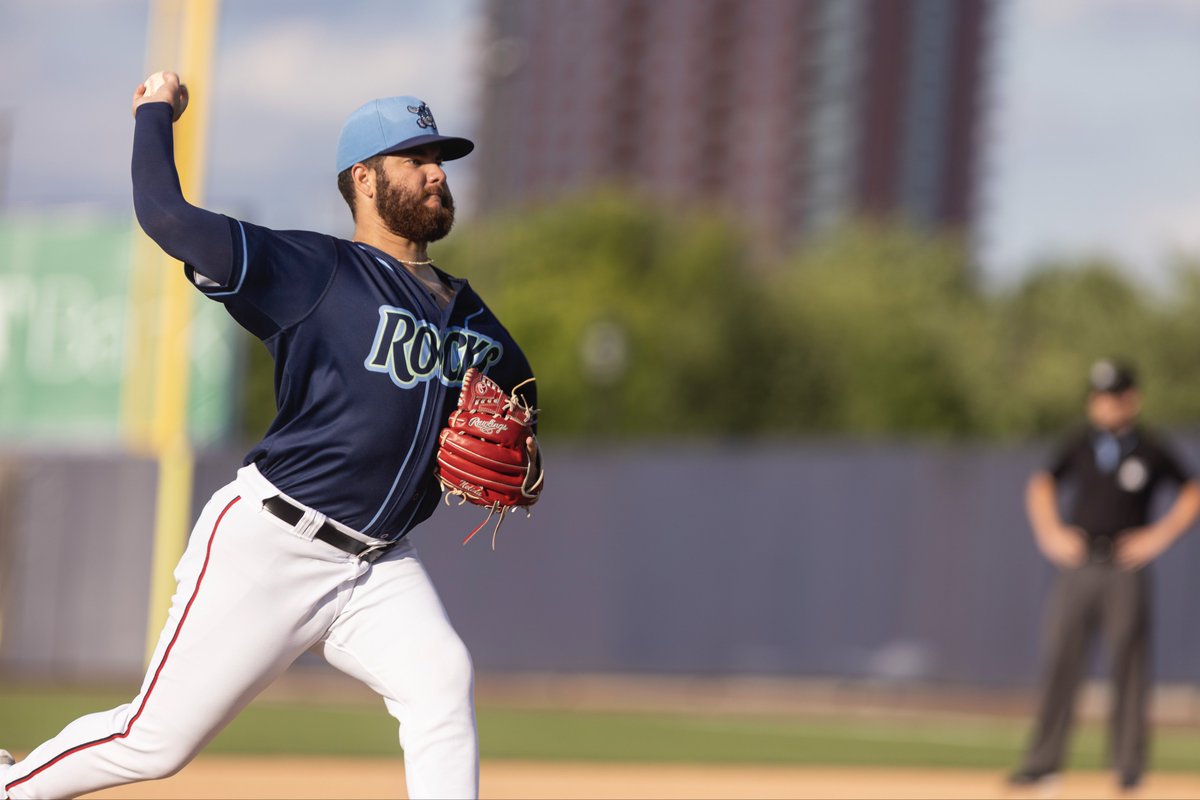
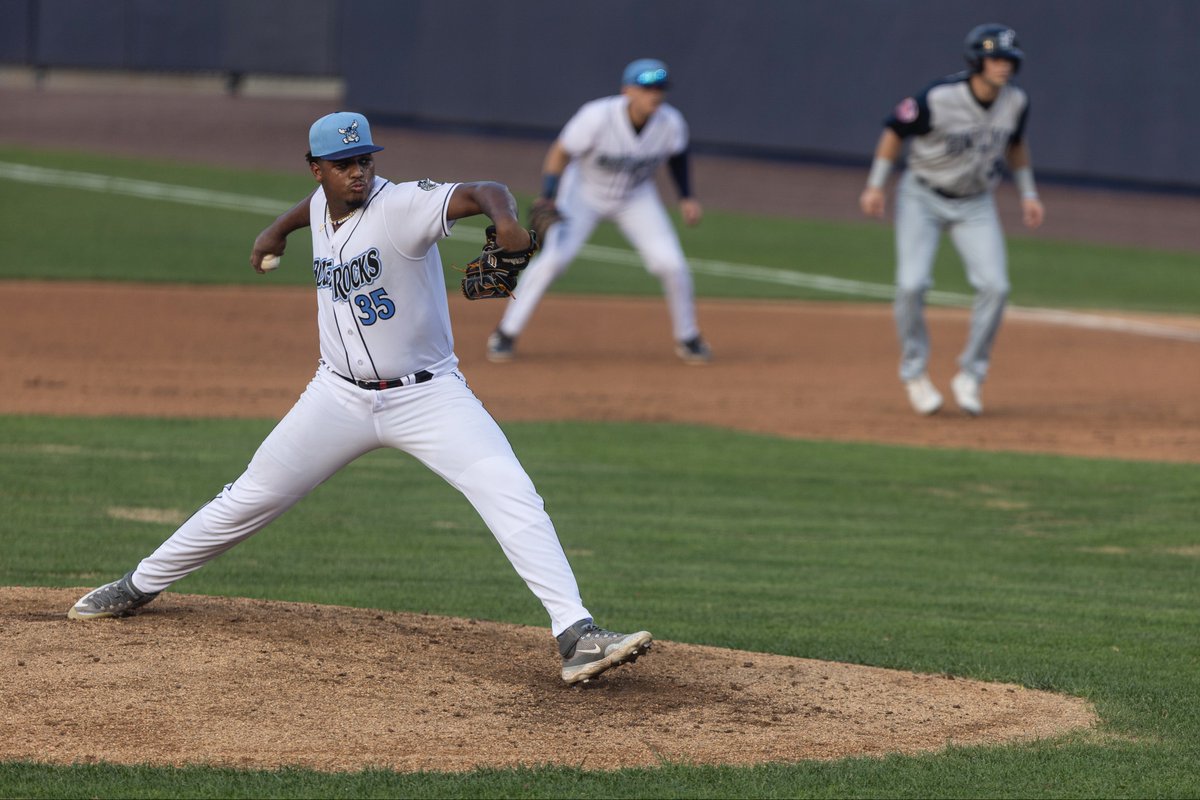
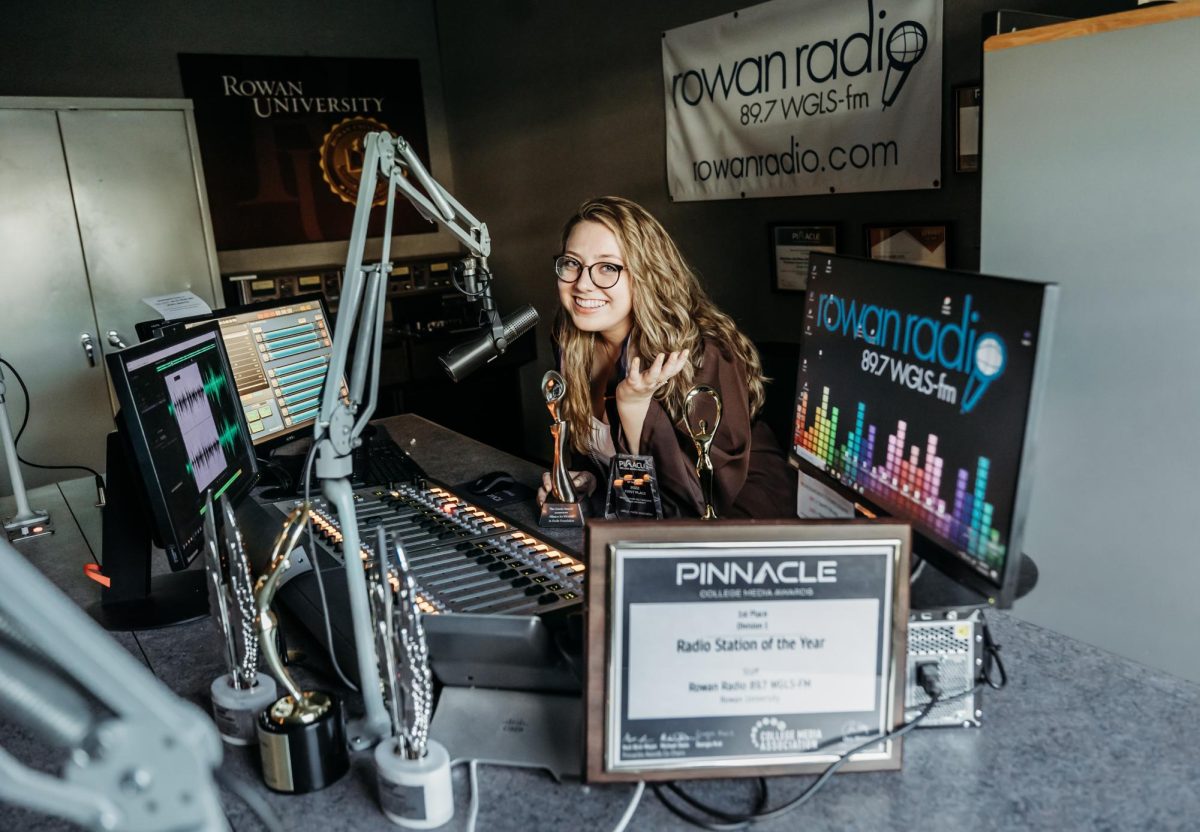
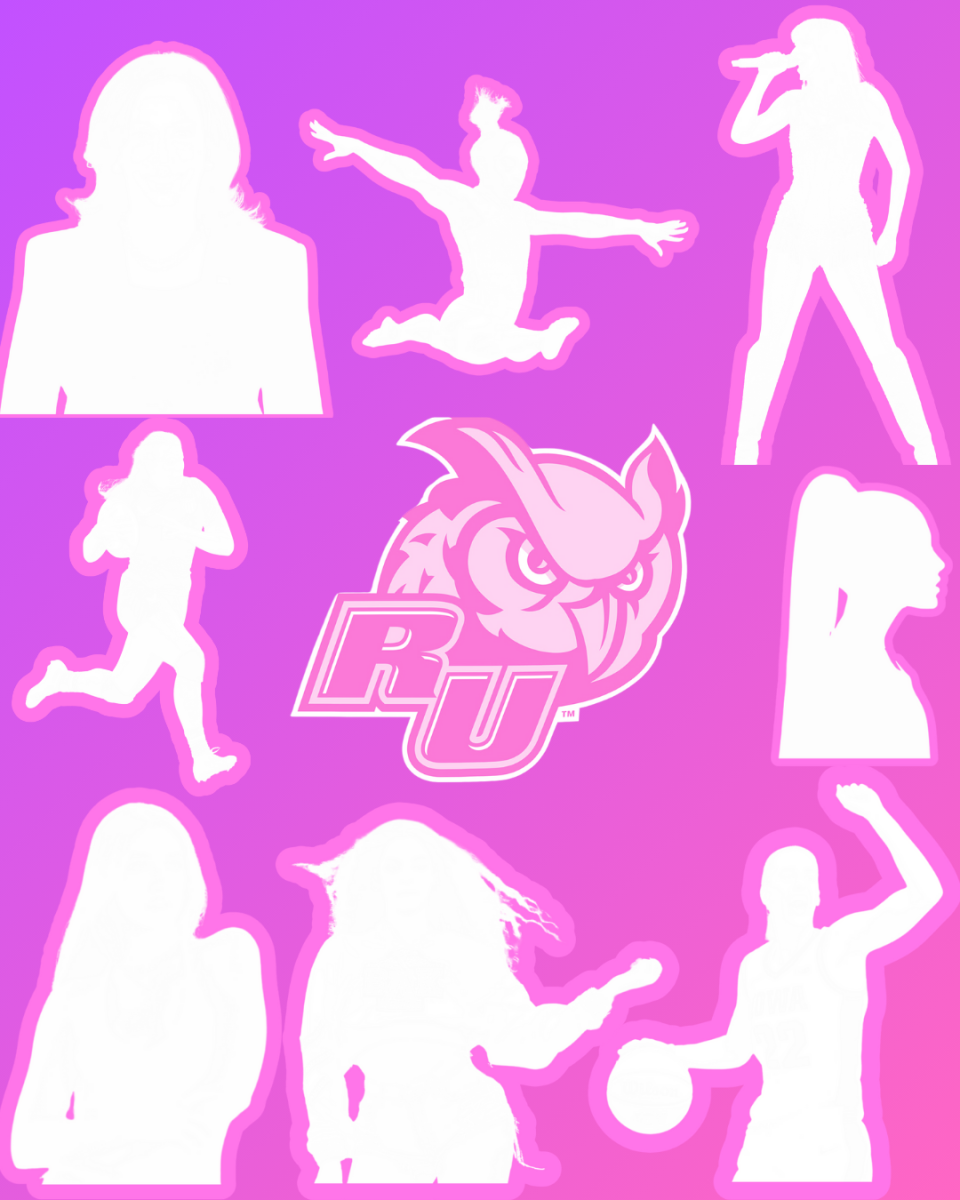
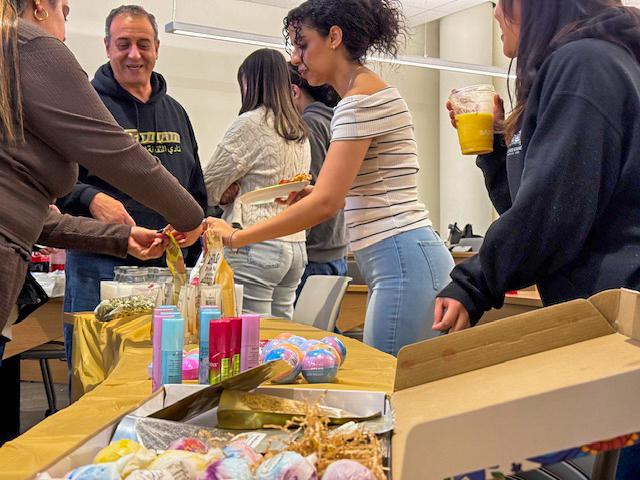




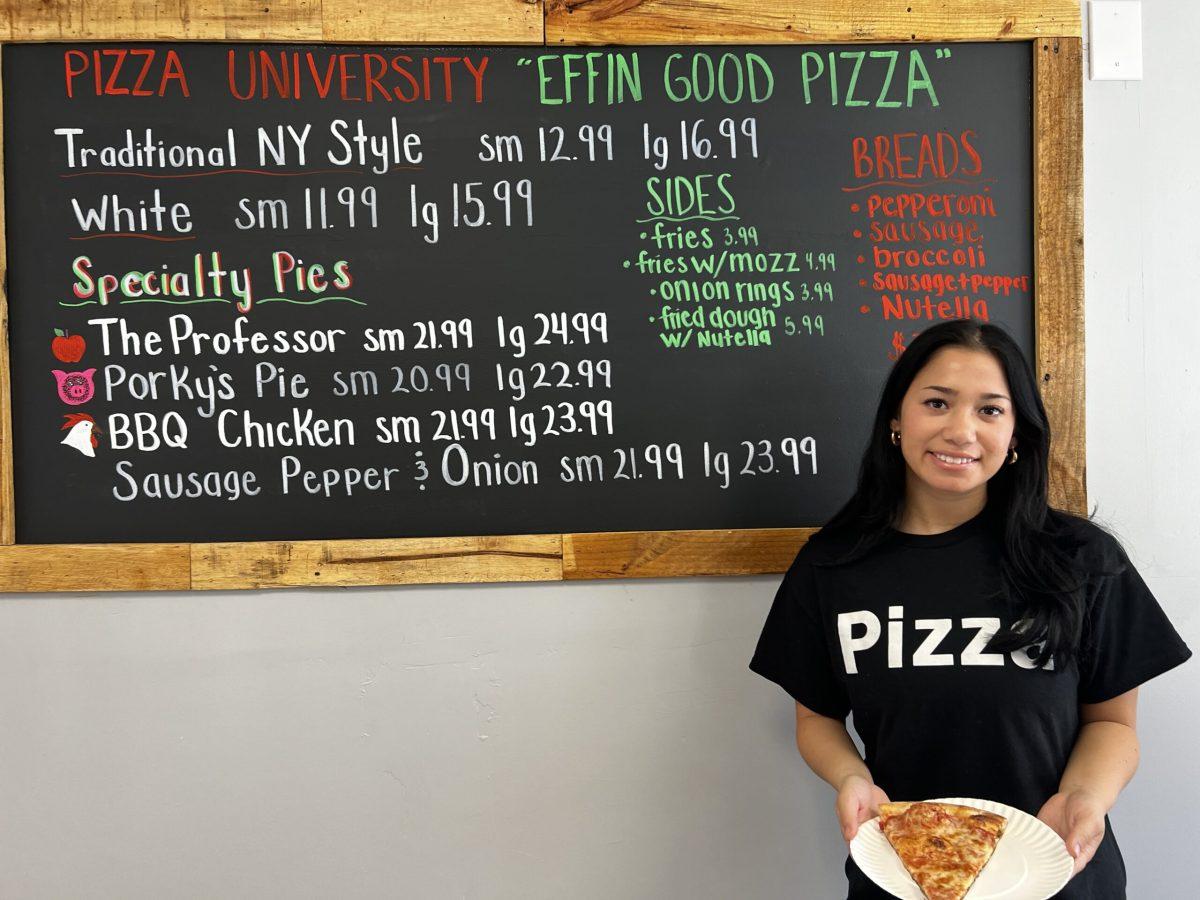
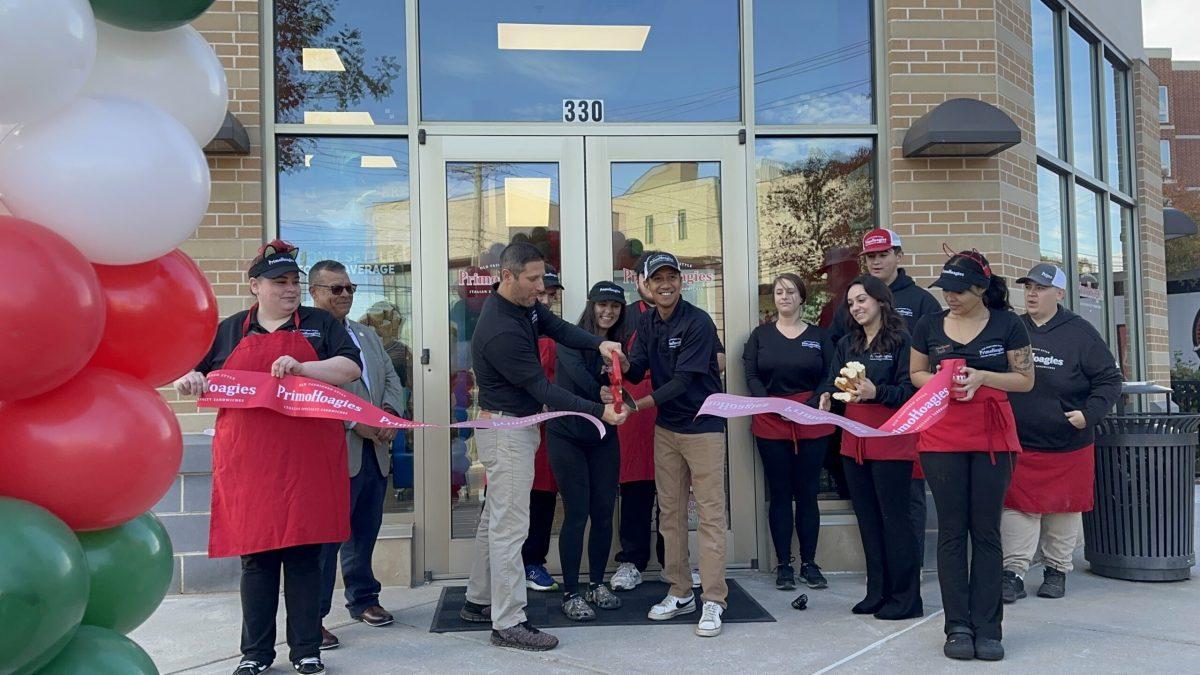
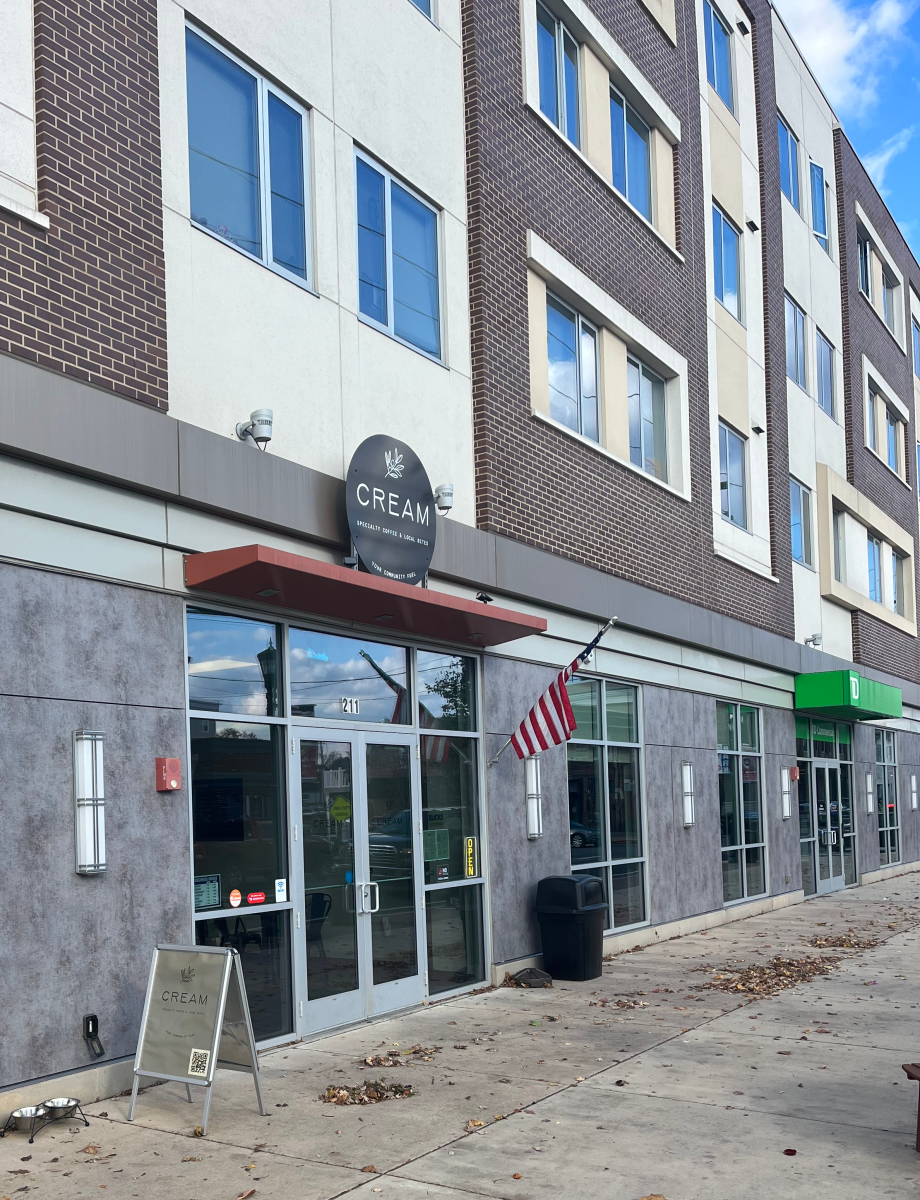

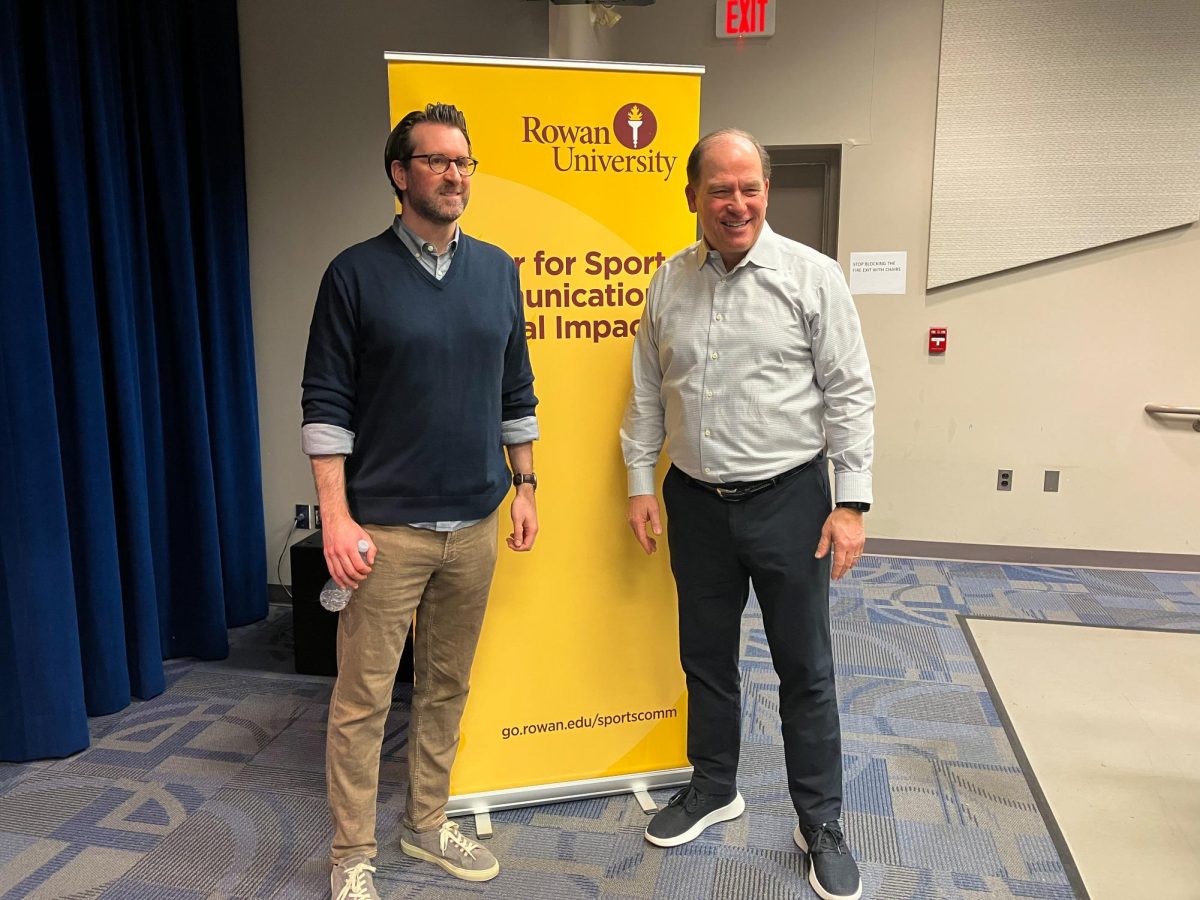
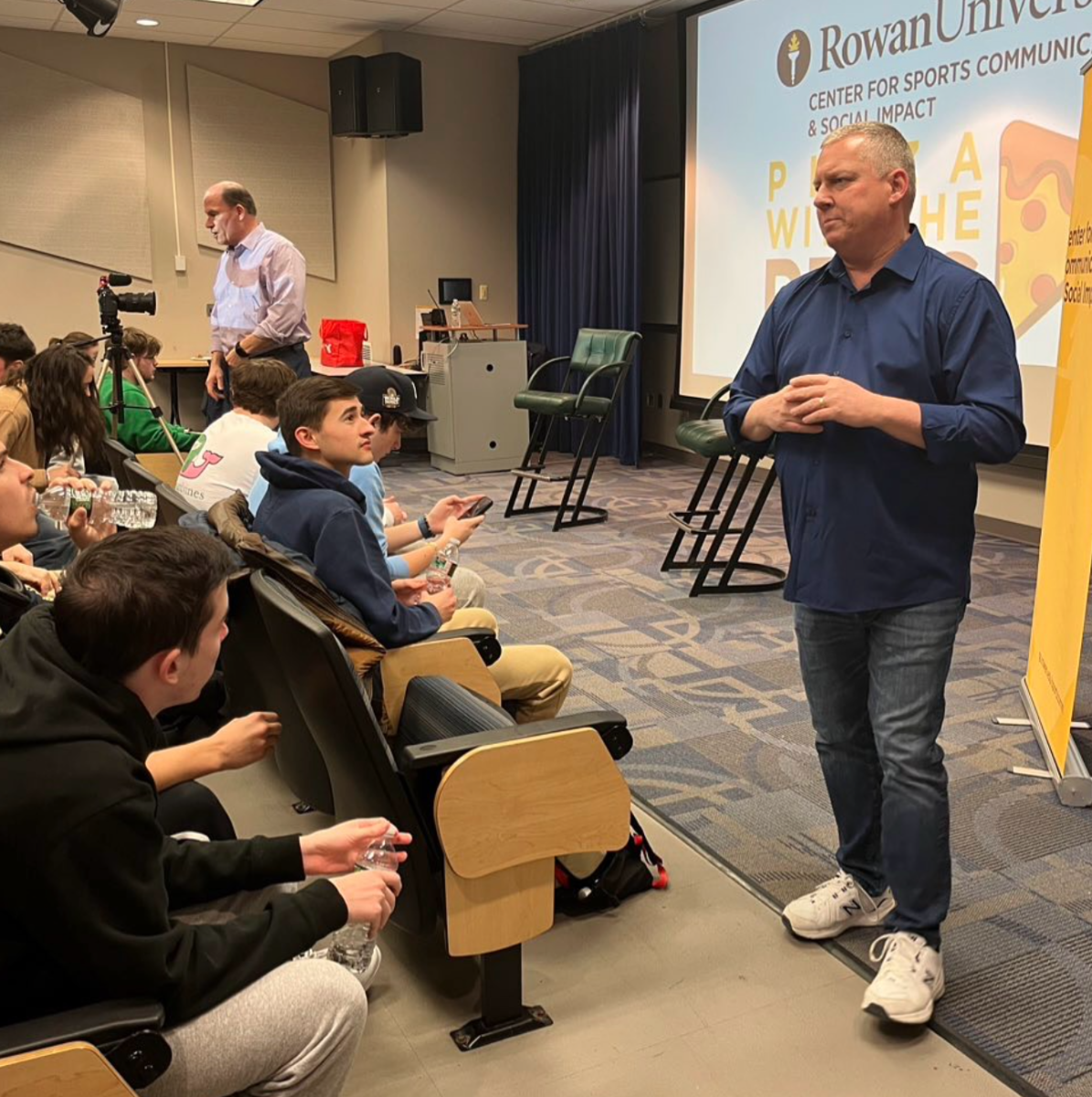
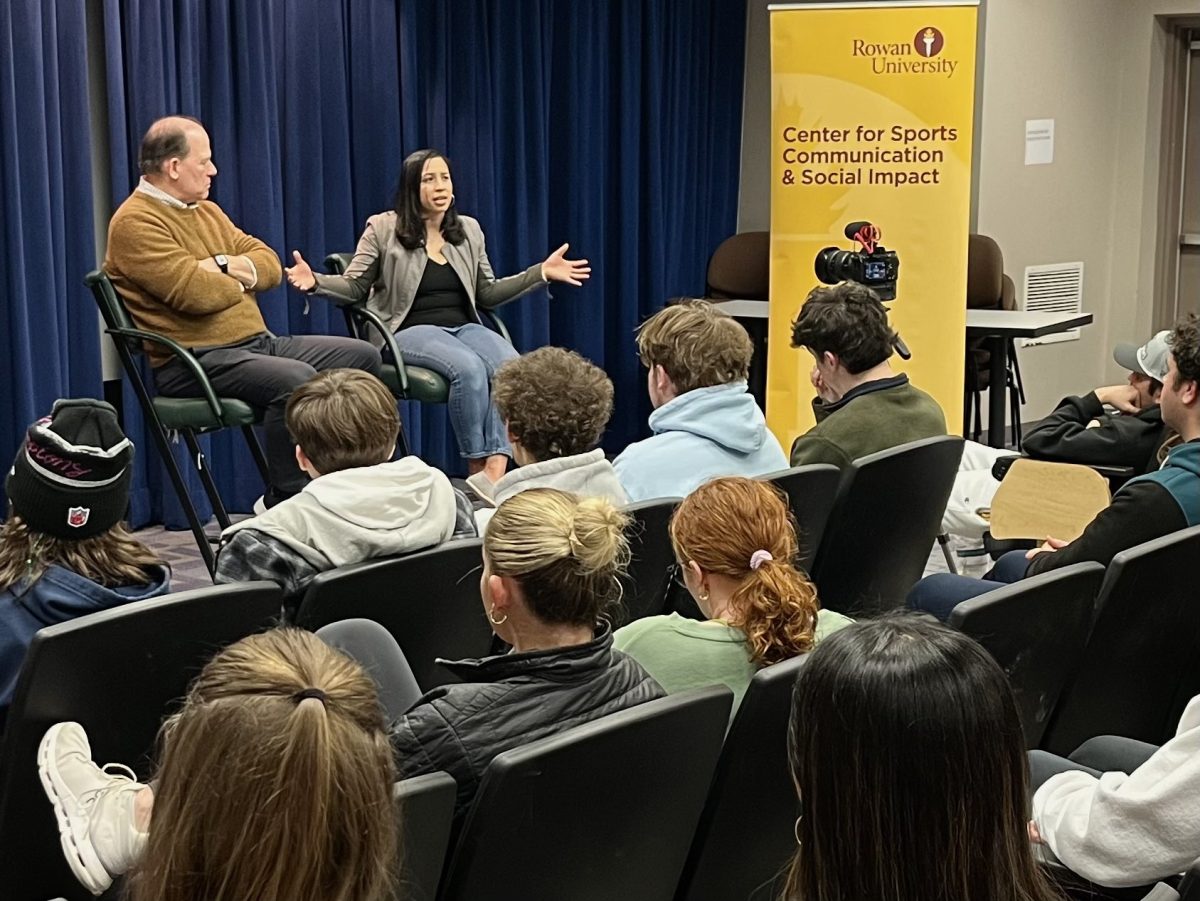



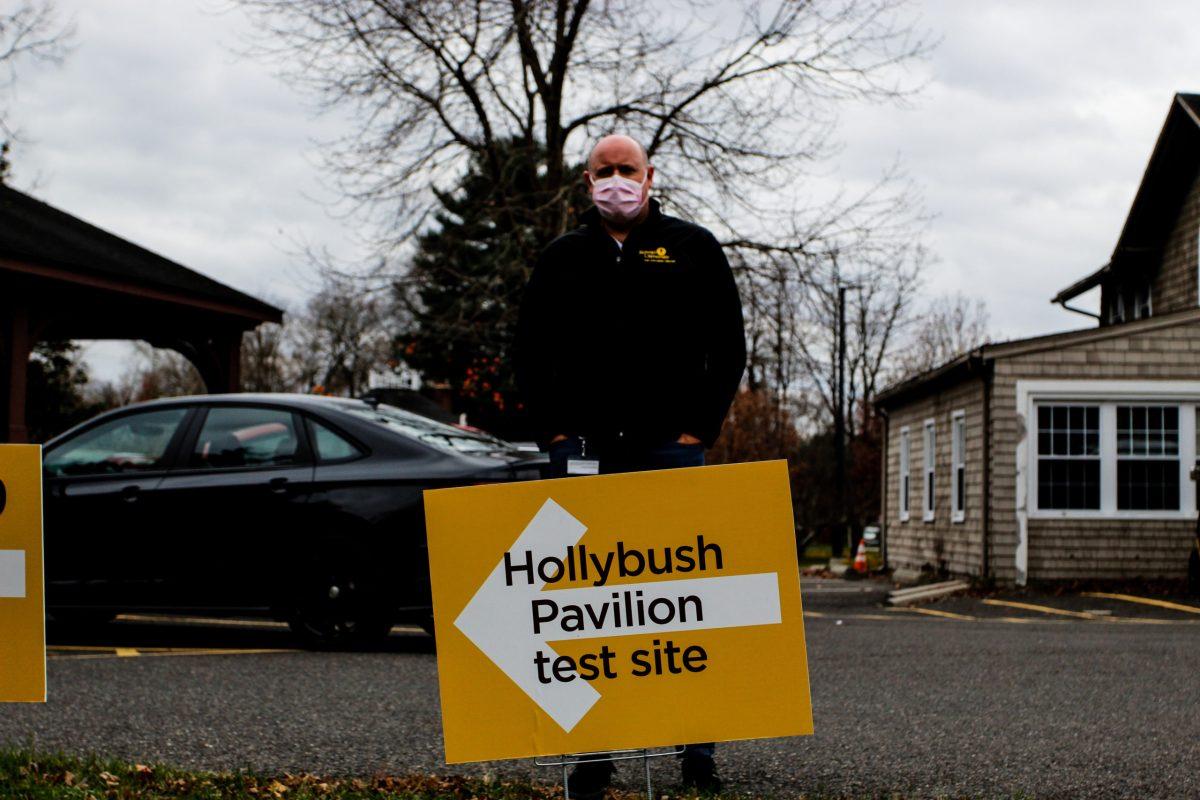
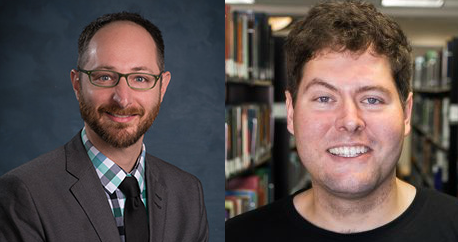

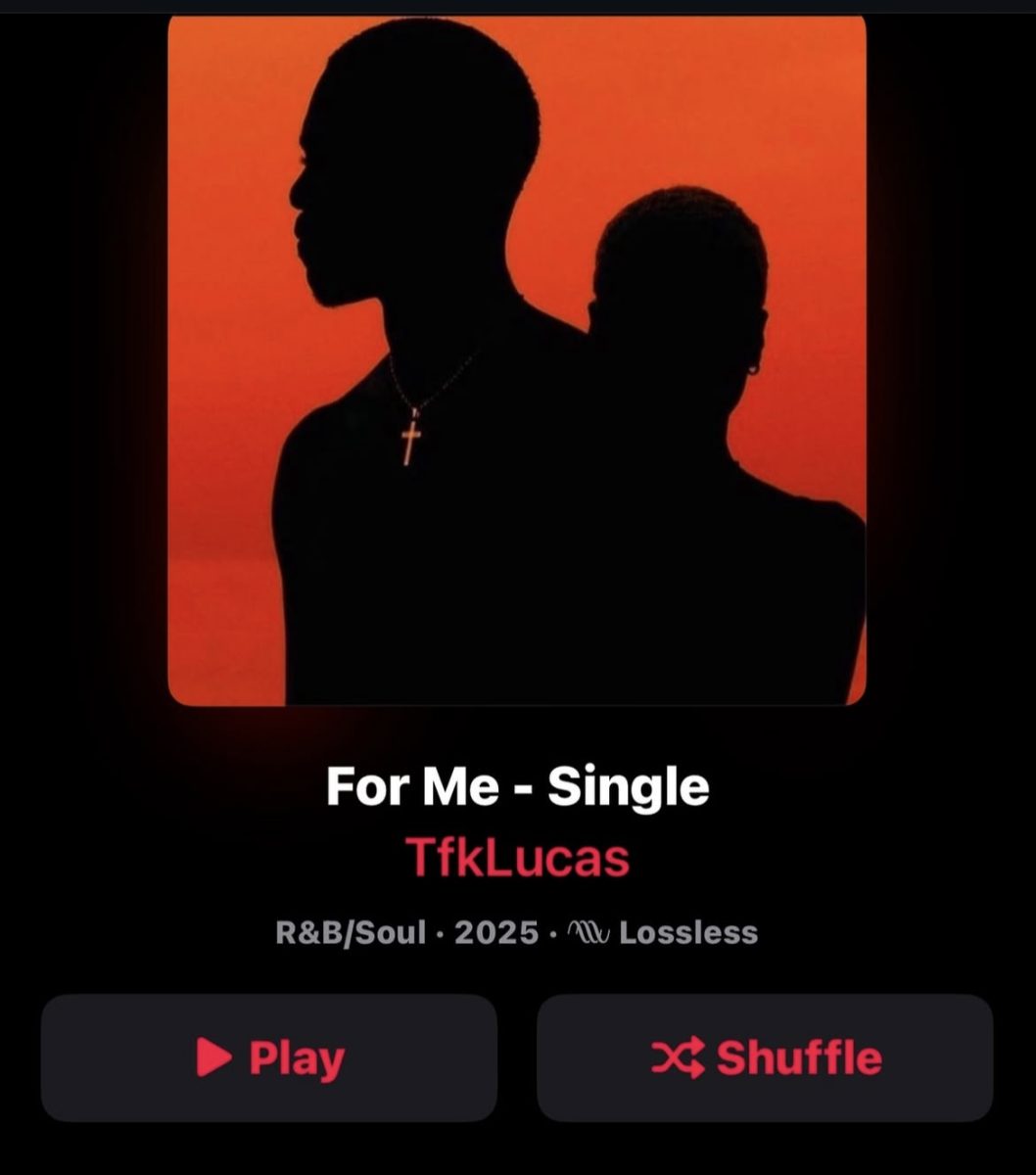

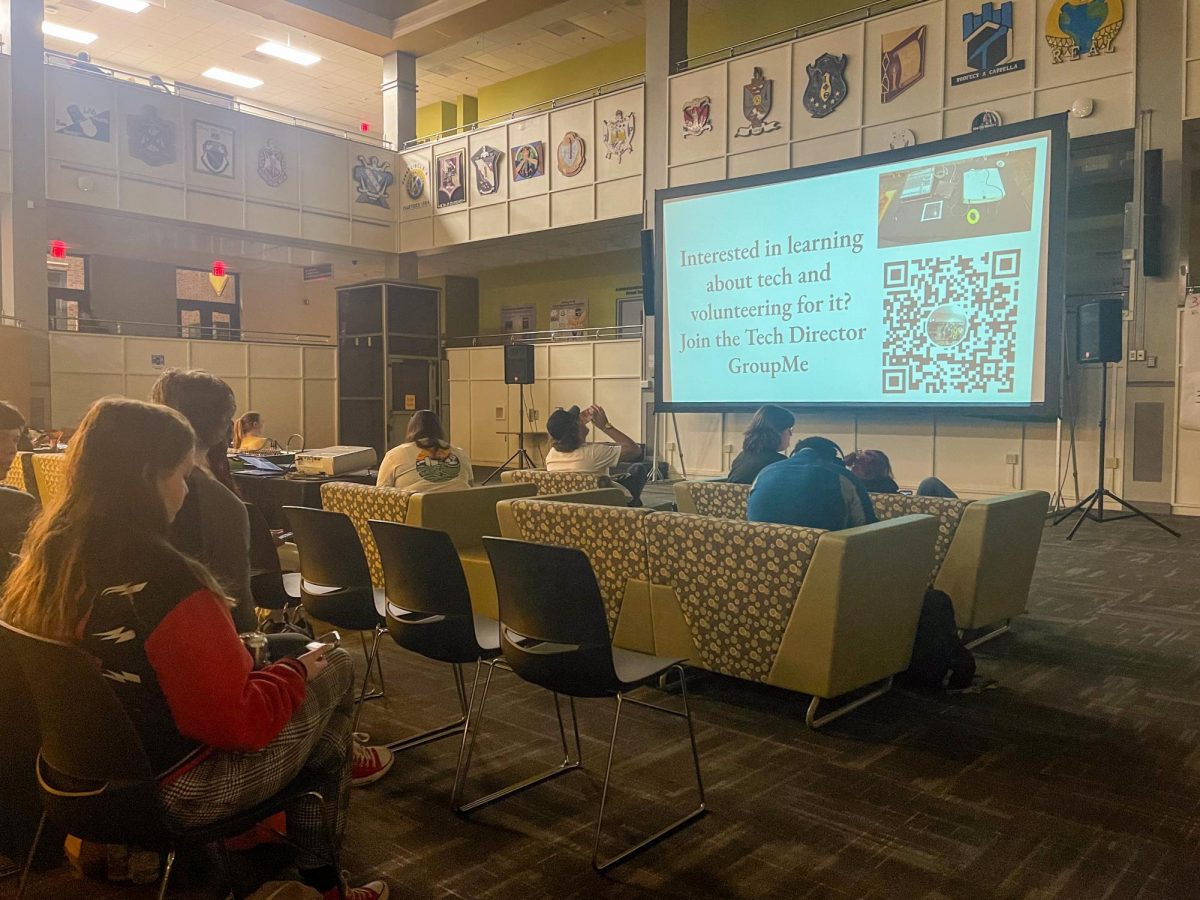

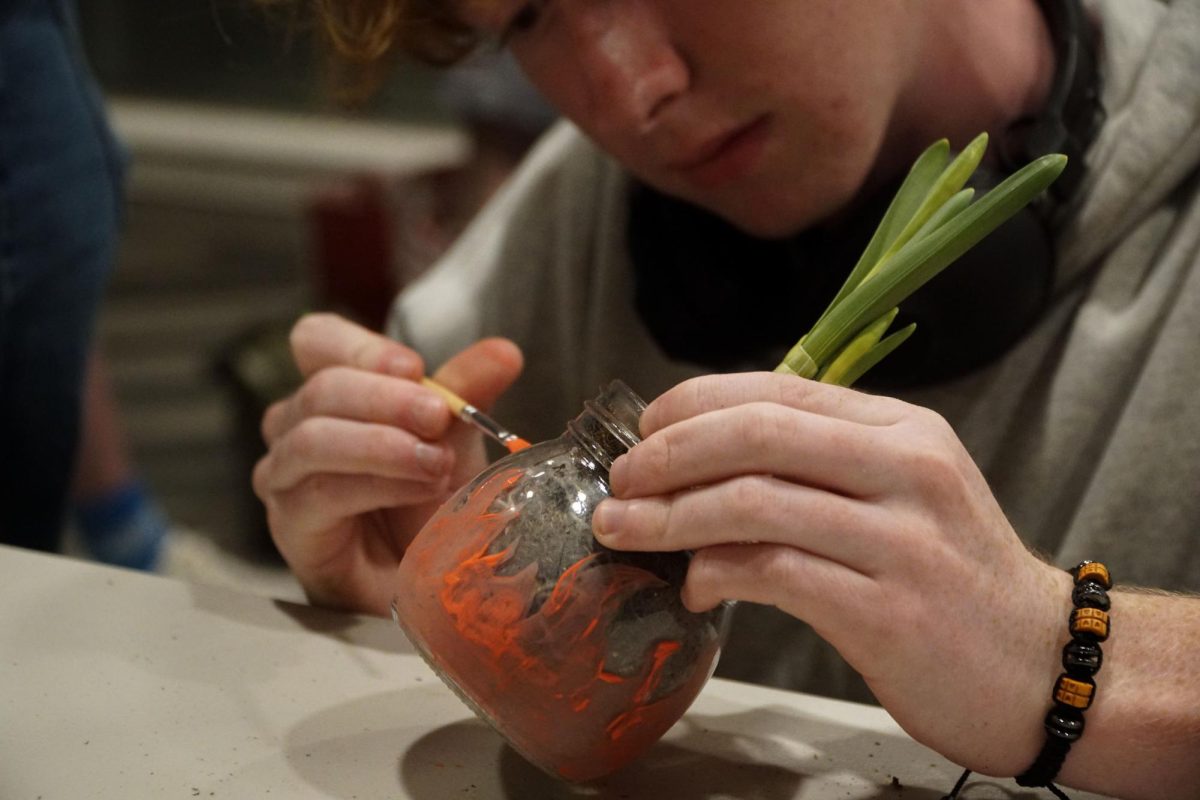
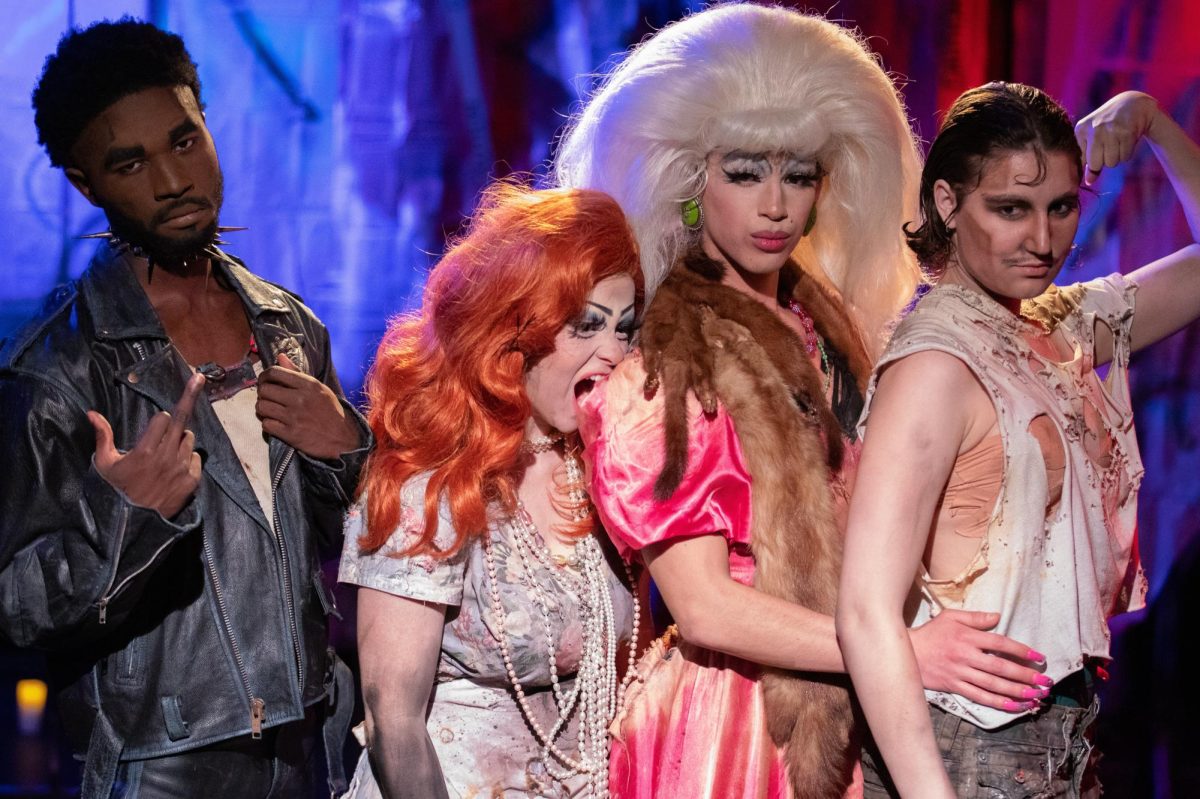
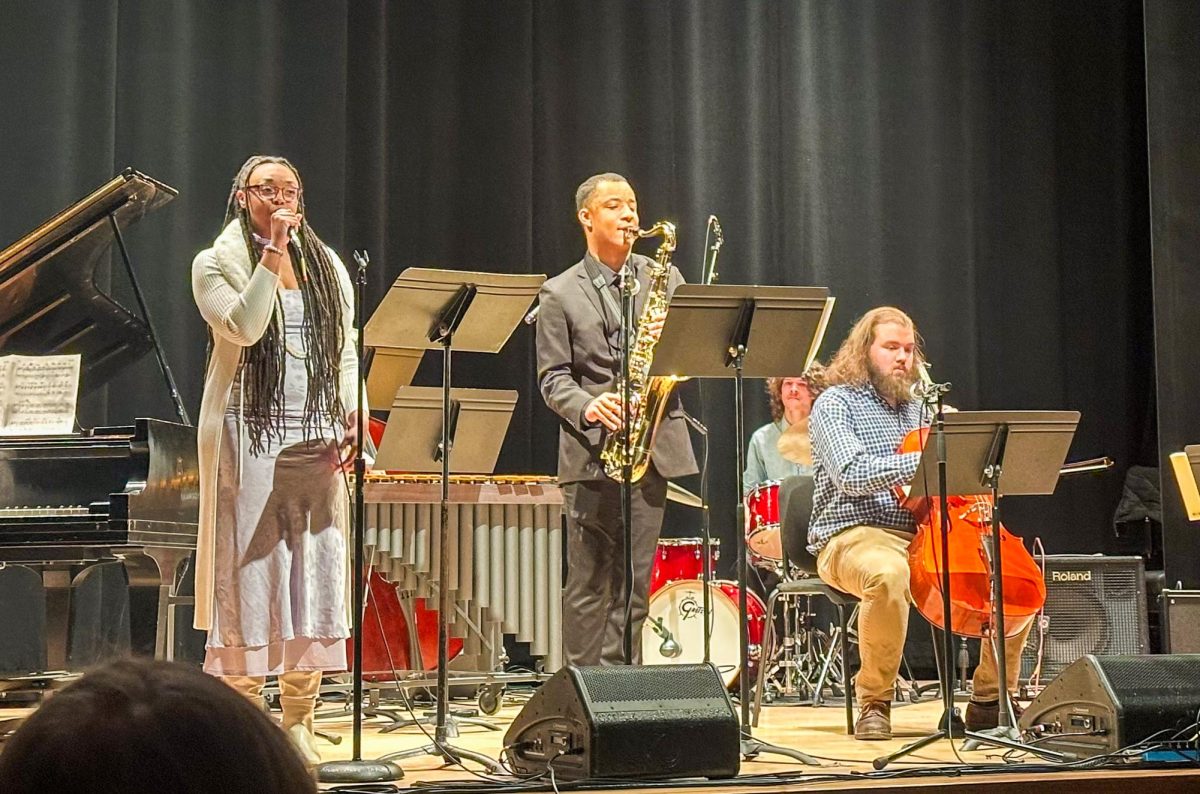
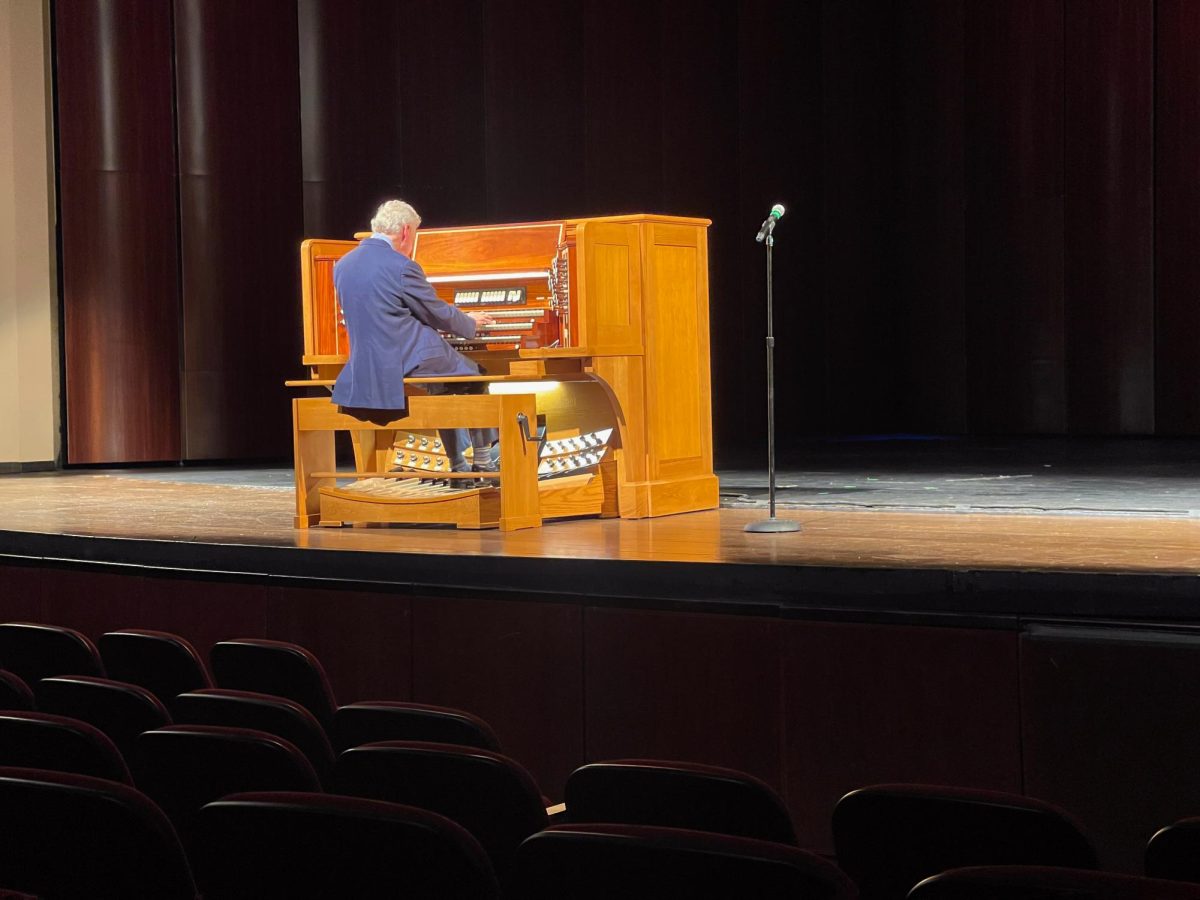
![“[It’s] very low stakes. There's no auditioning; we rarely make cuts, you know. It's very welcoming,” Duffy said. - Multimedia Editor / Matthew Millroy](https://thewhitonline.com/wp-content/uploads/2025/02/IMG_2612.jpg)
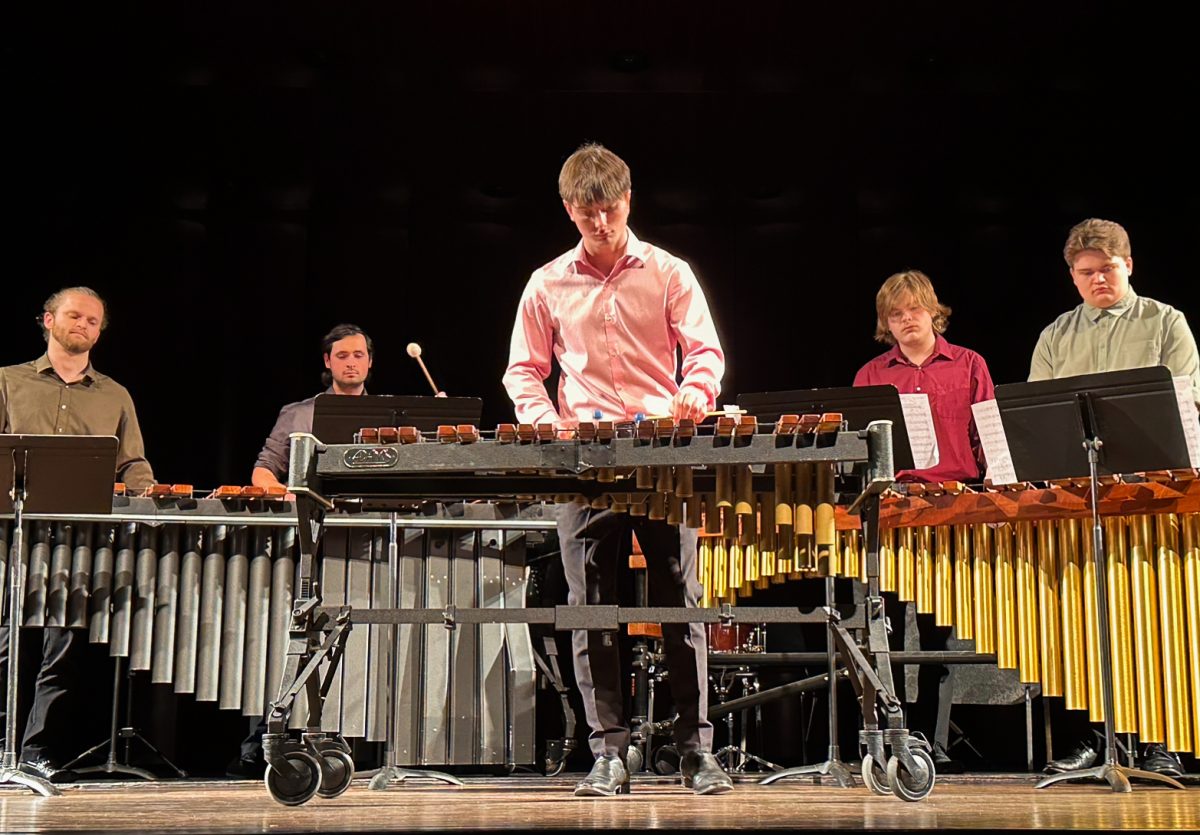

!["Between poems, owner of Words Matter Bookstore and host Keryl Hausmann spoke, saying 'To listen to [poetry] is different than to read it.'" - Graphics Editor / Brendan Cohen](https://thewhitonline.com/wp-content/uploads/2024/11/IMG_0653.png)
